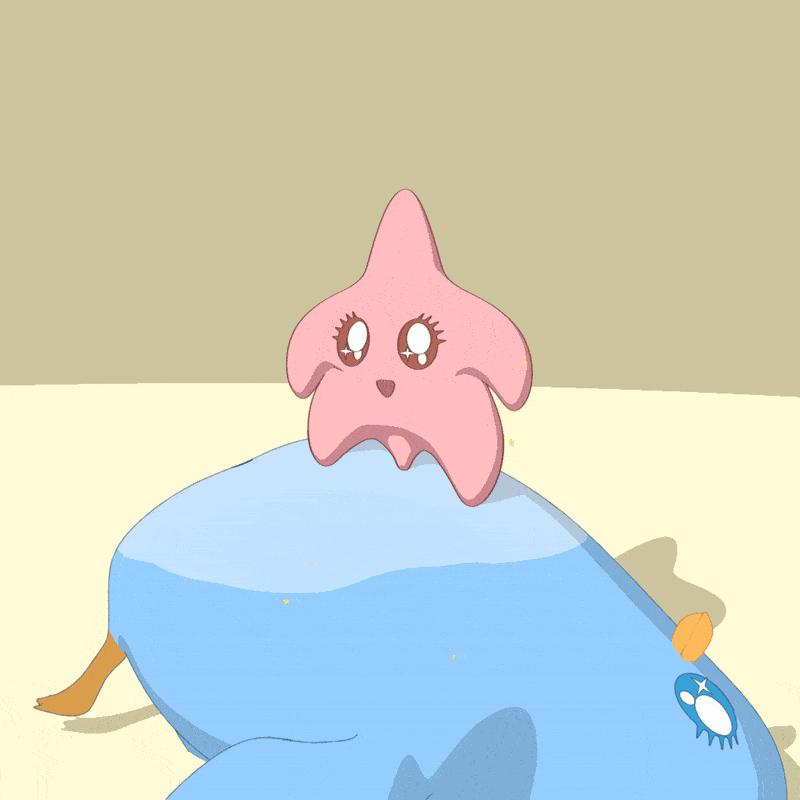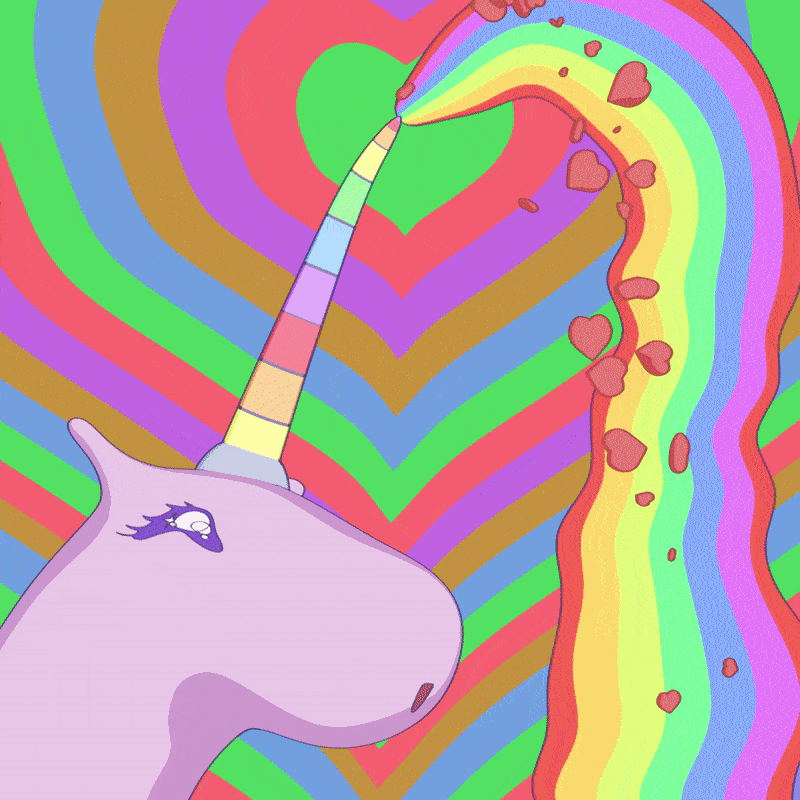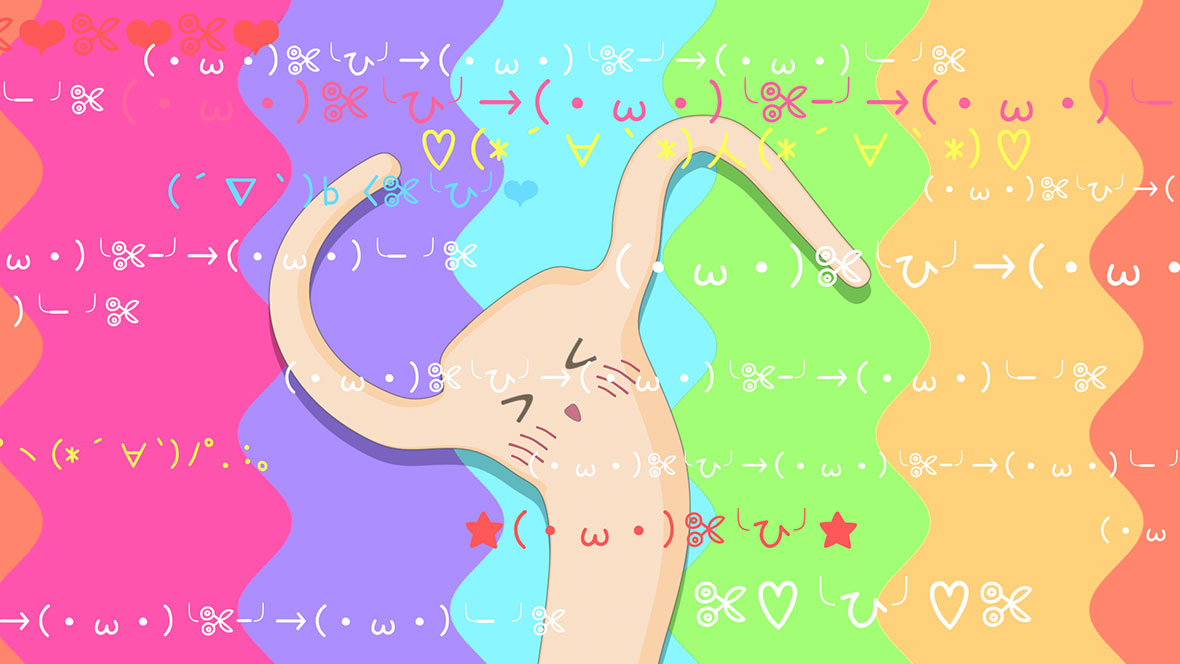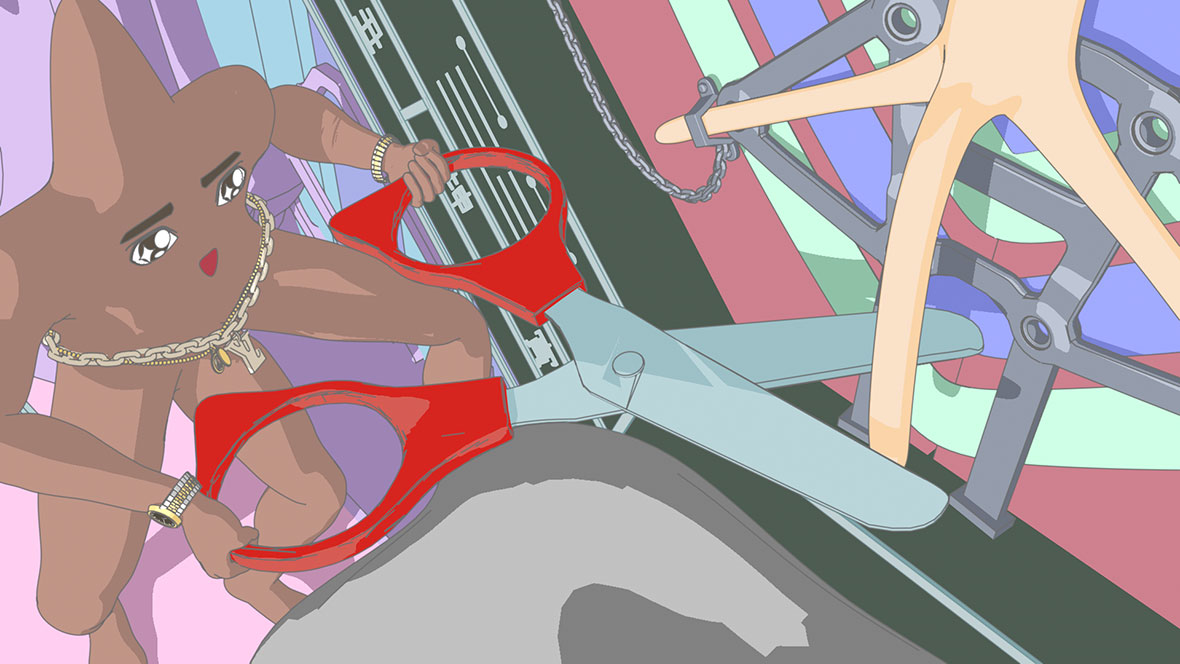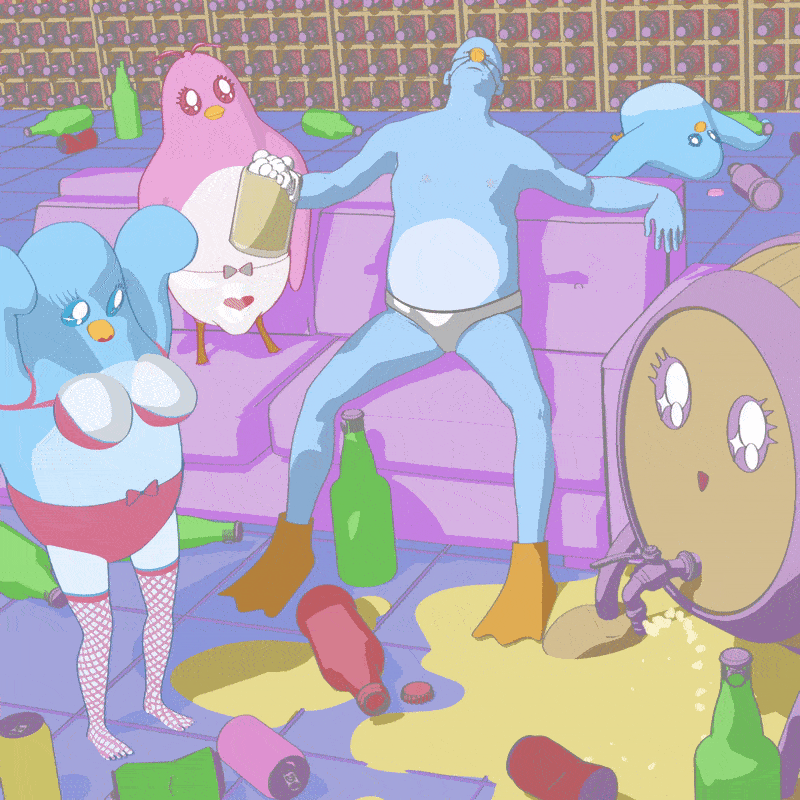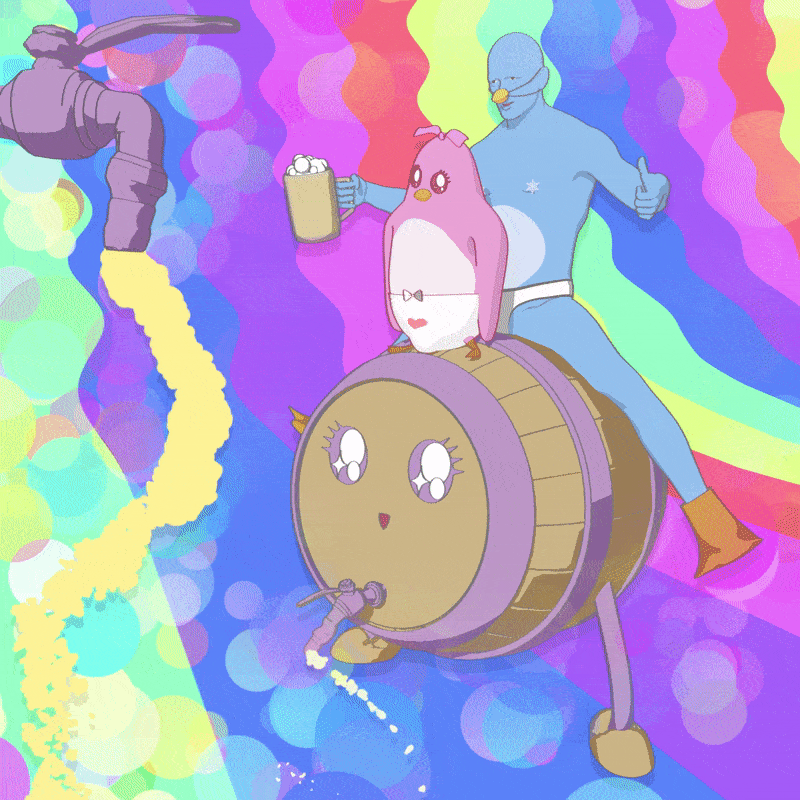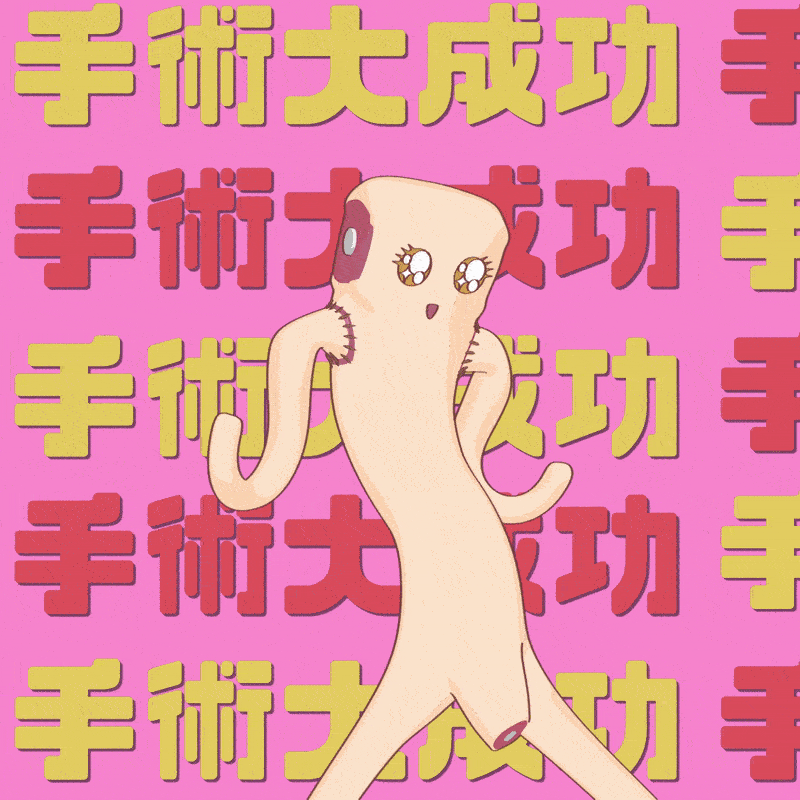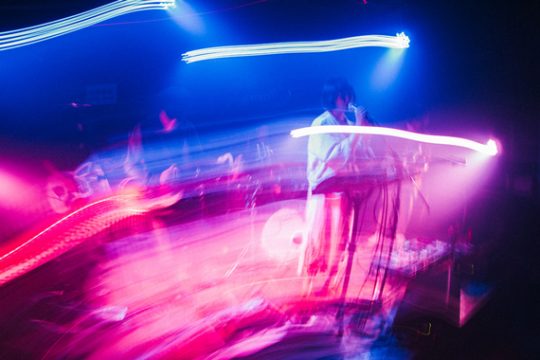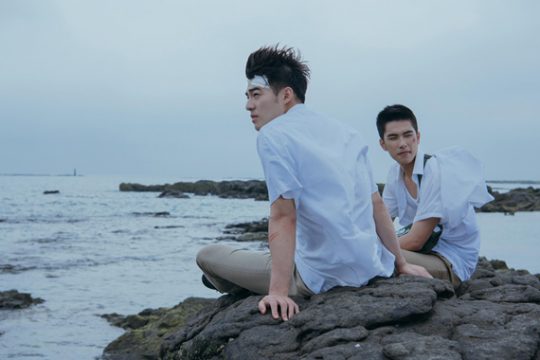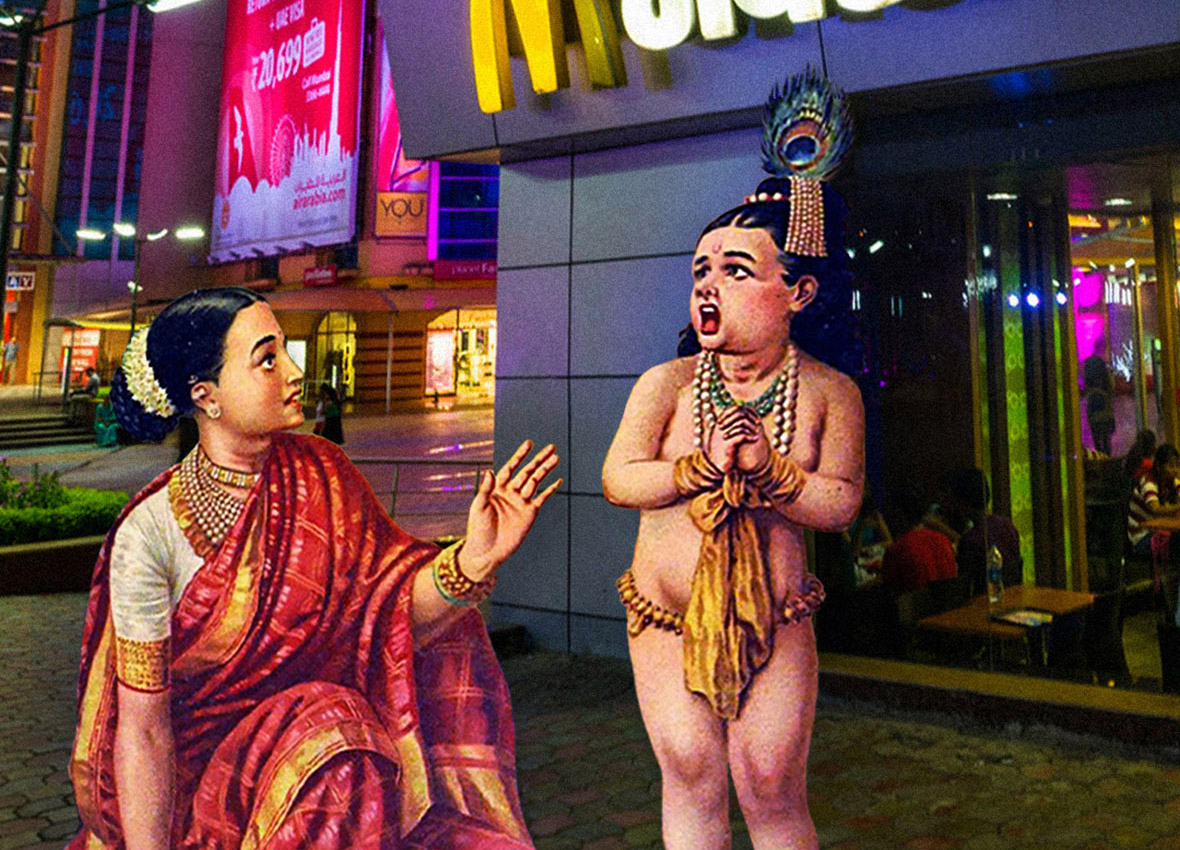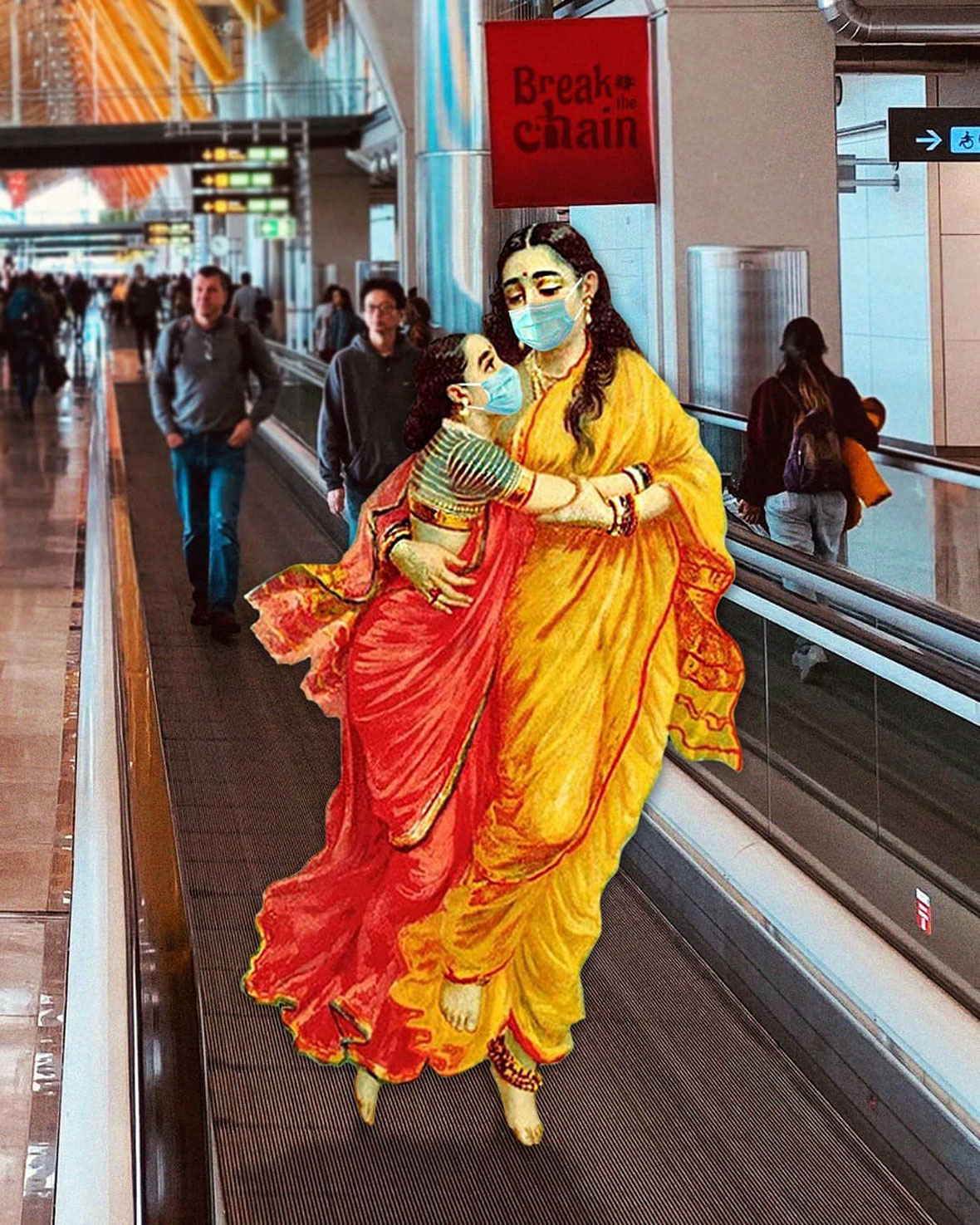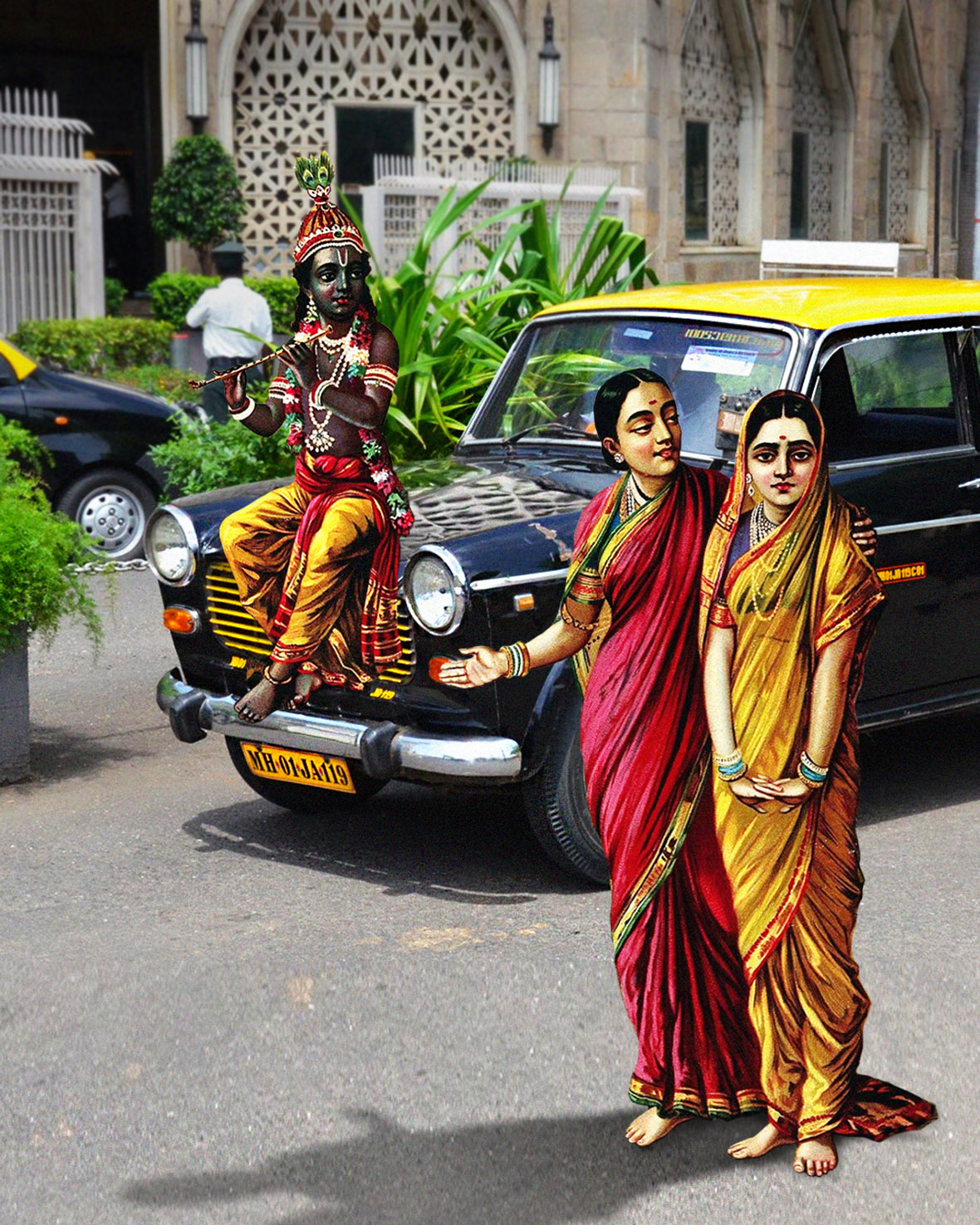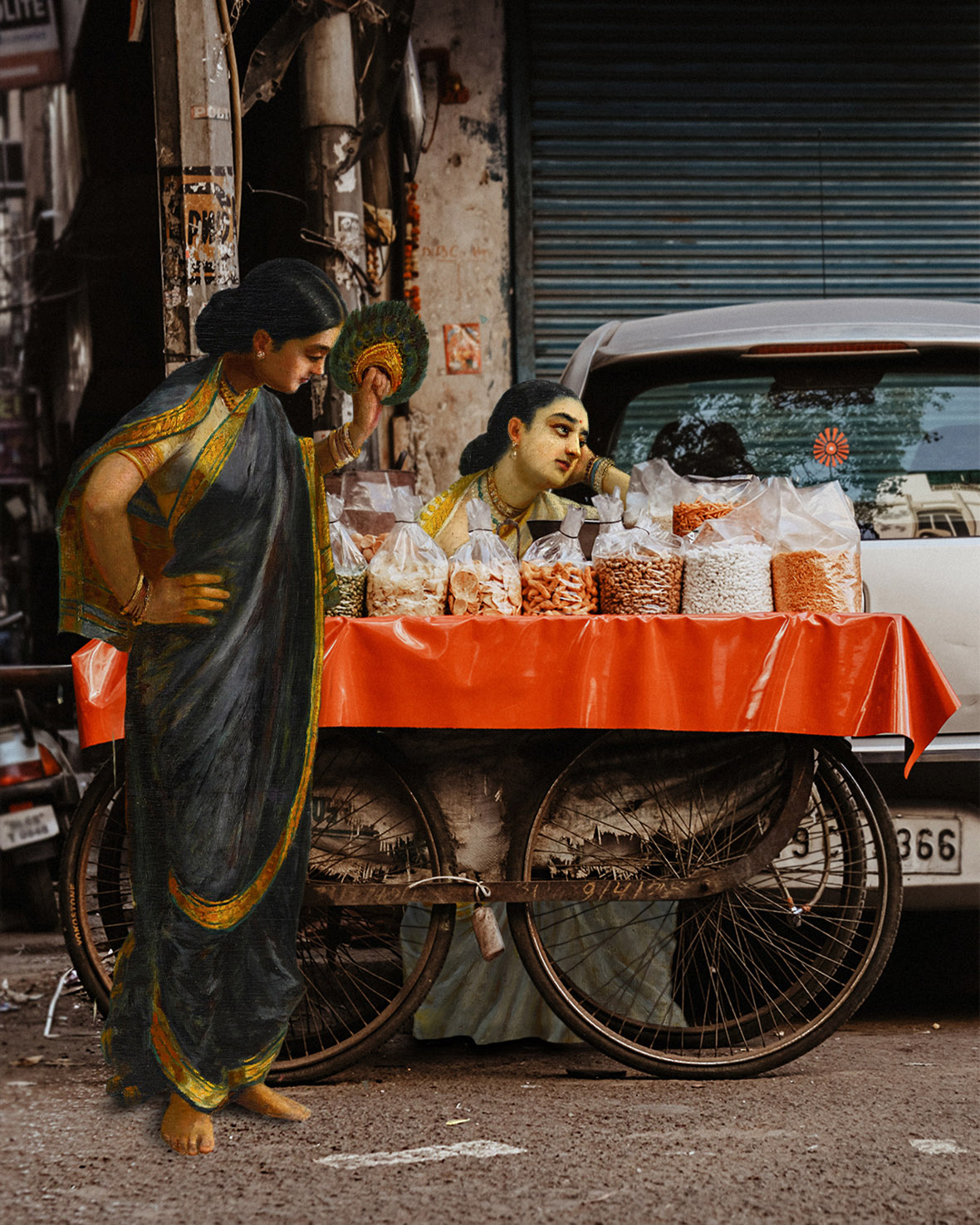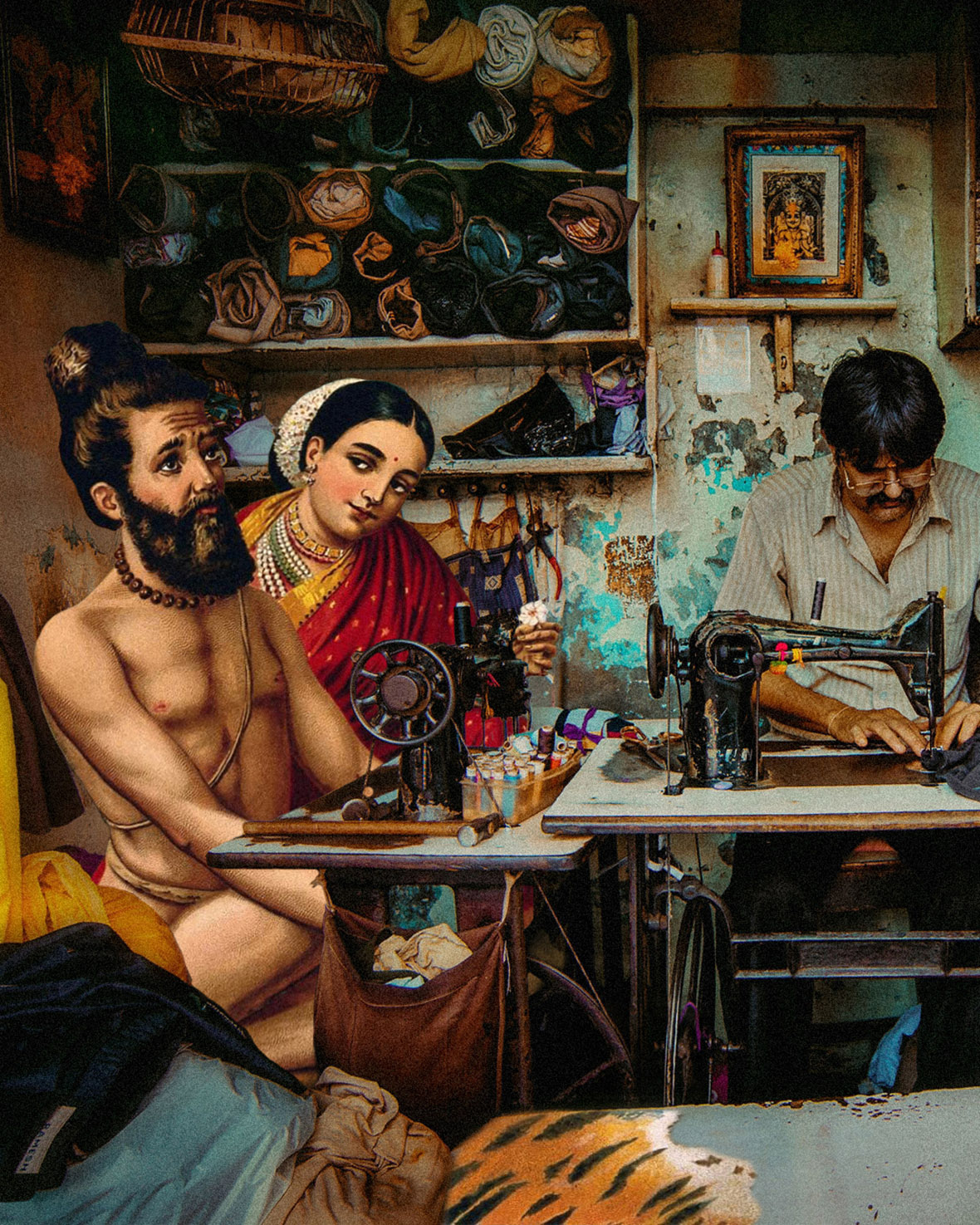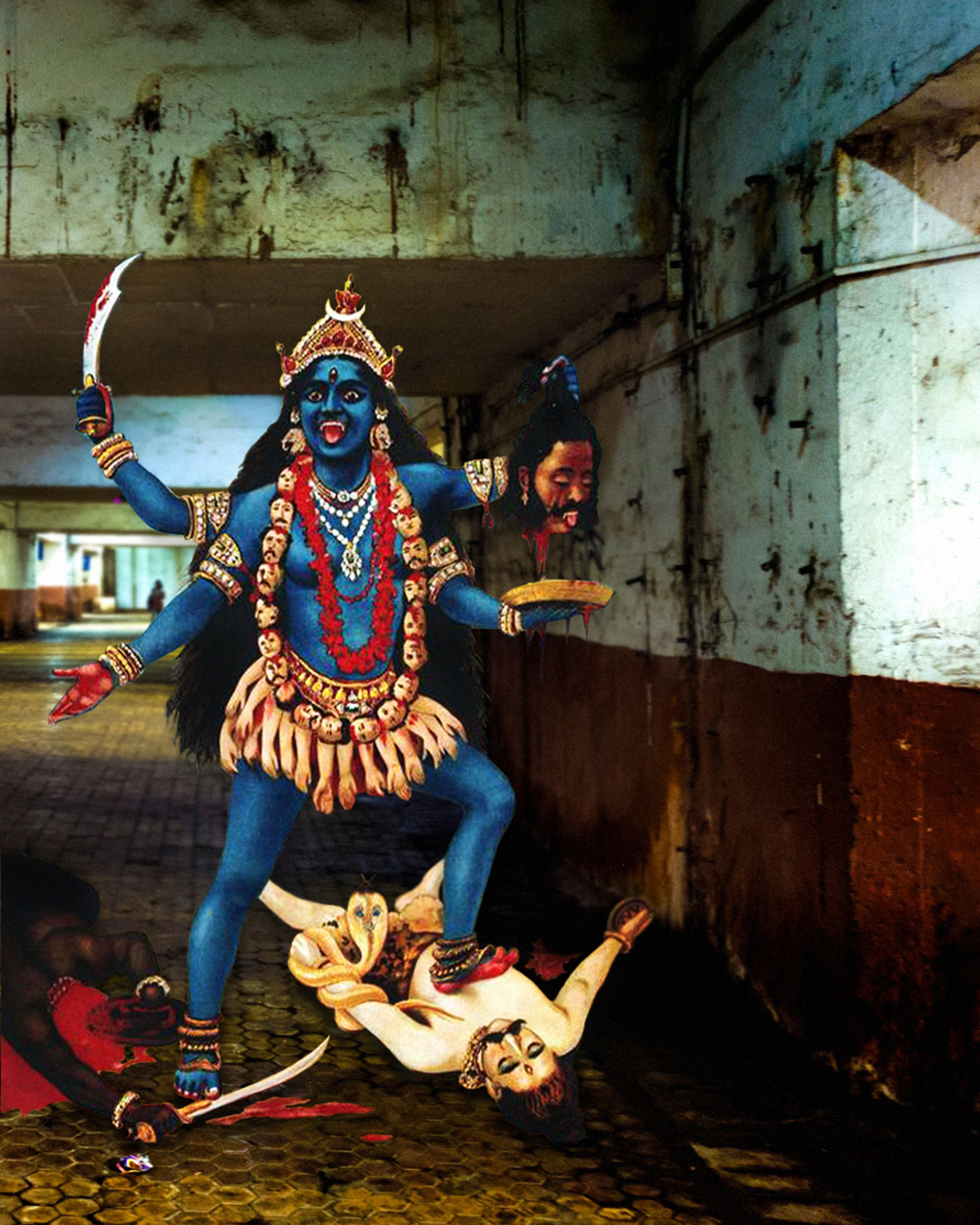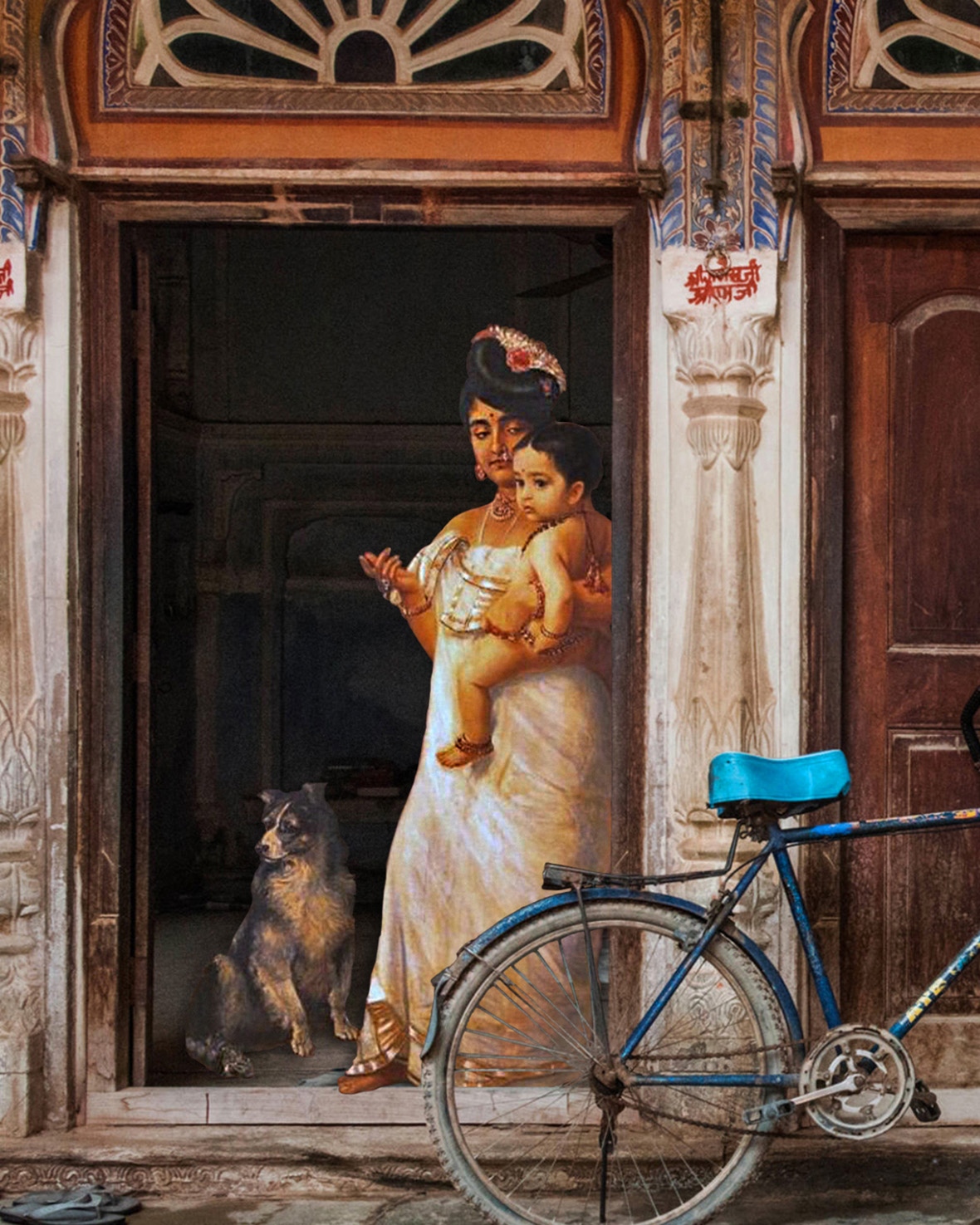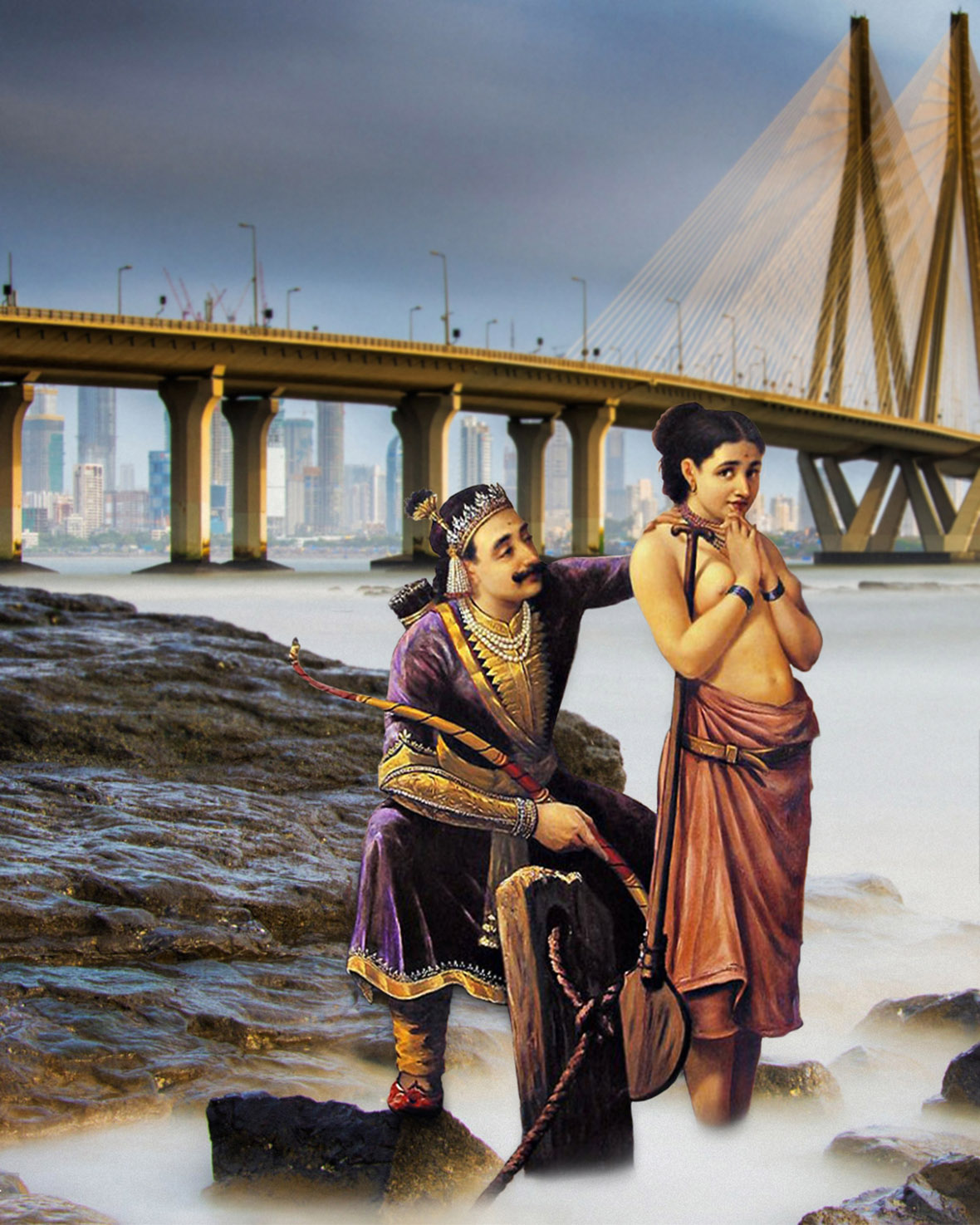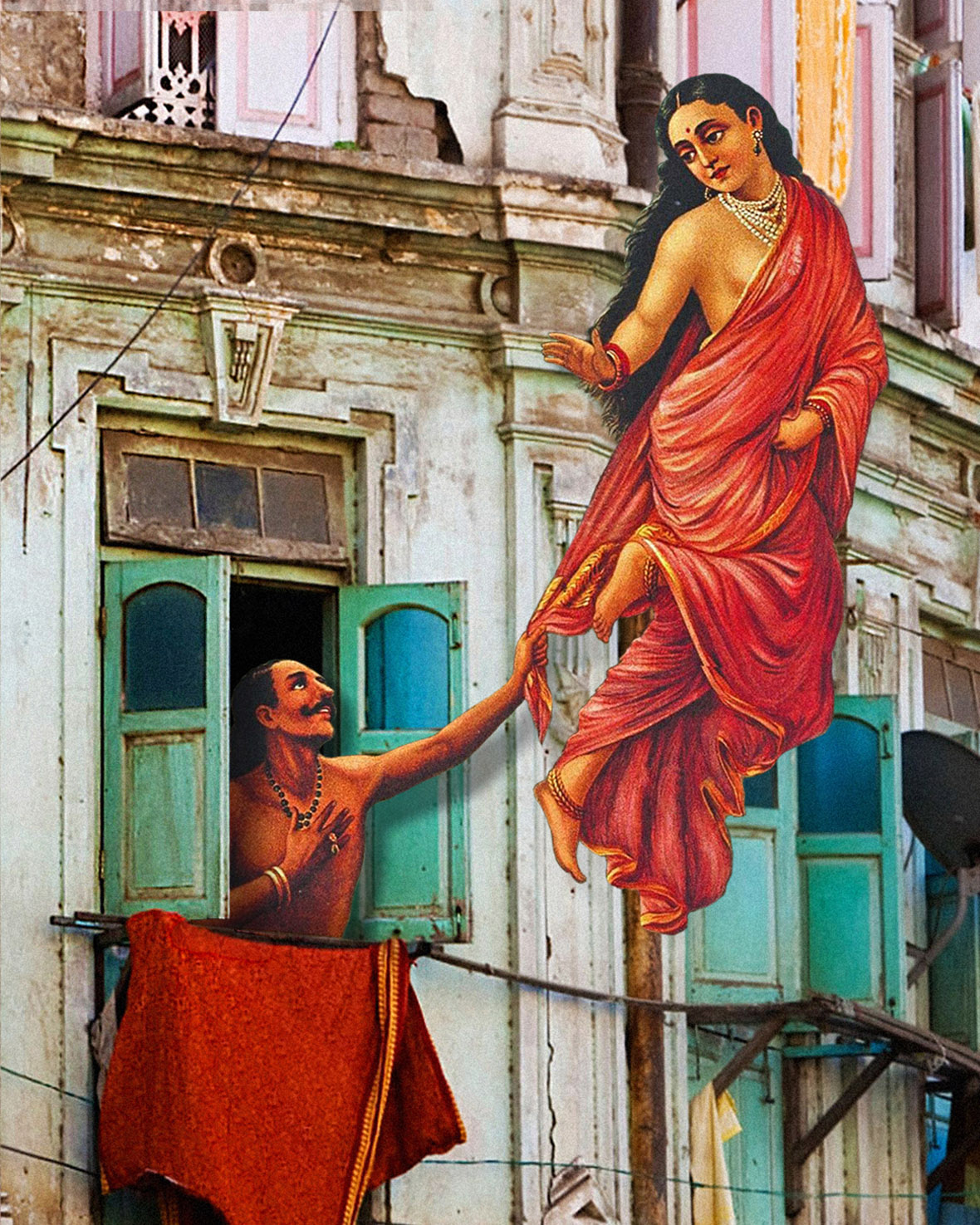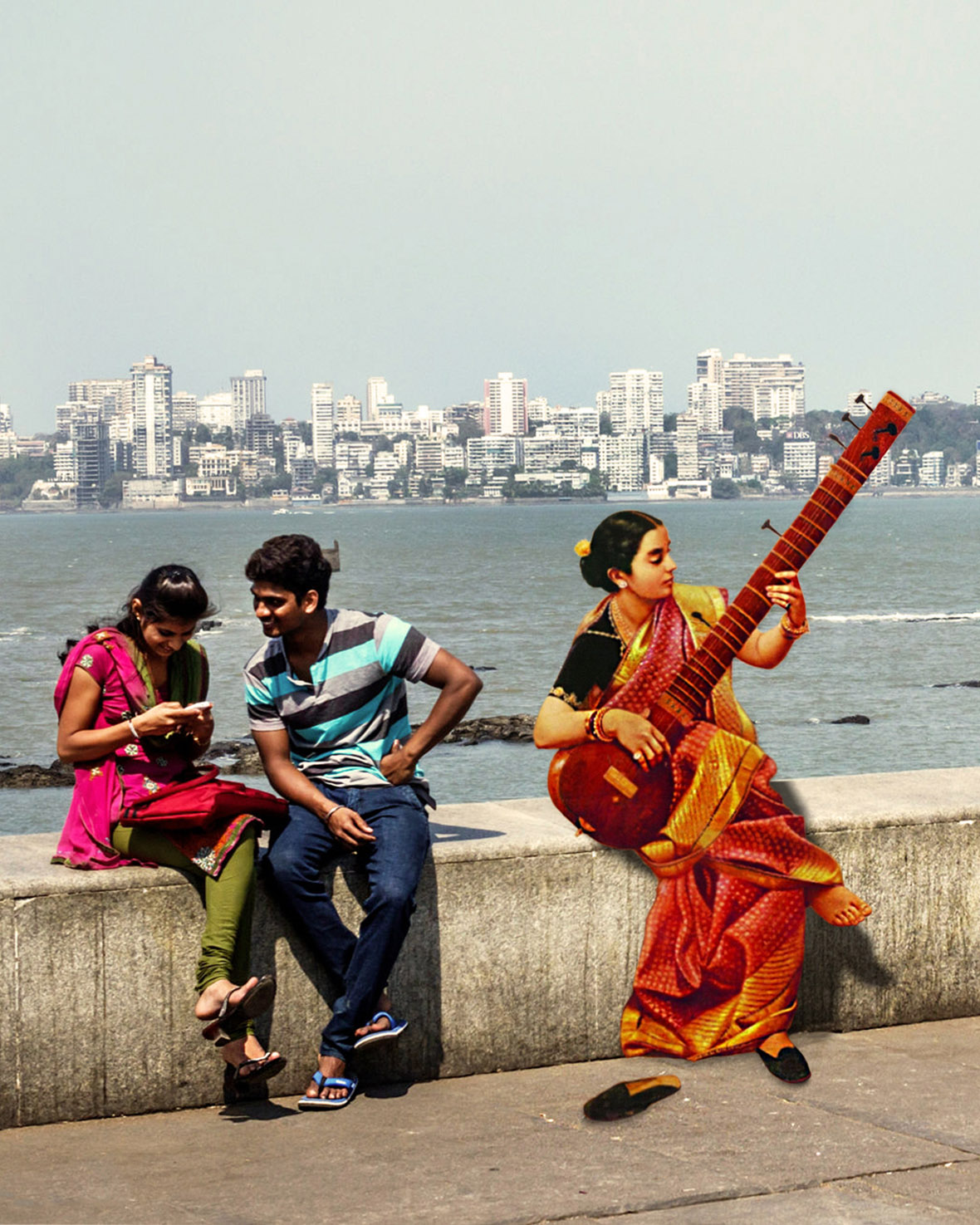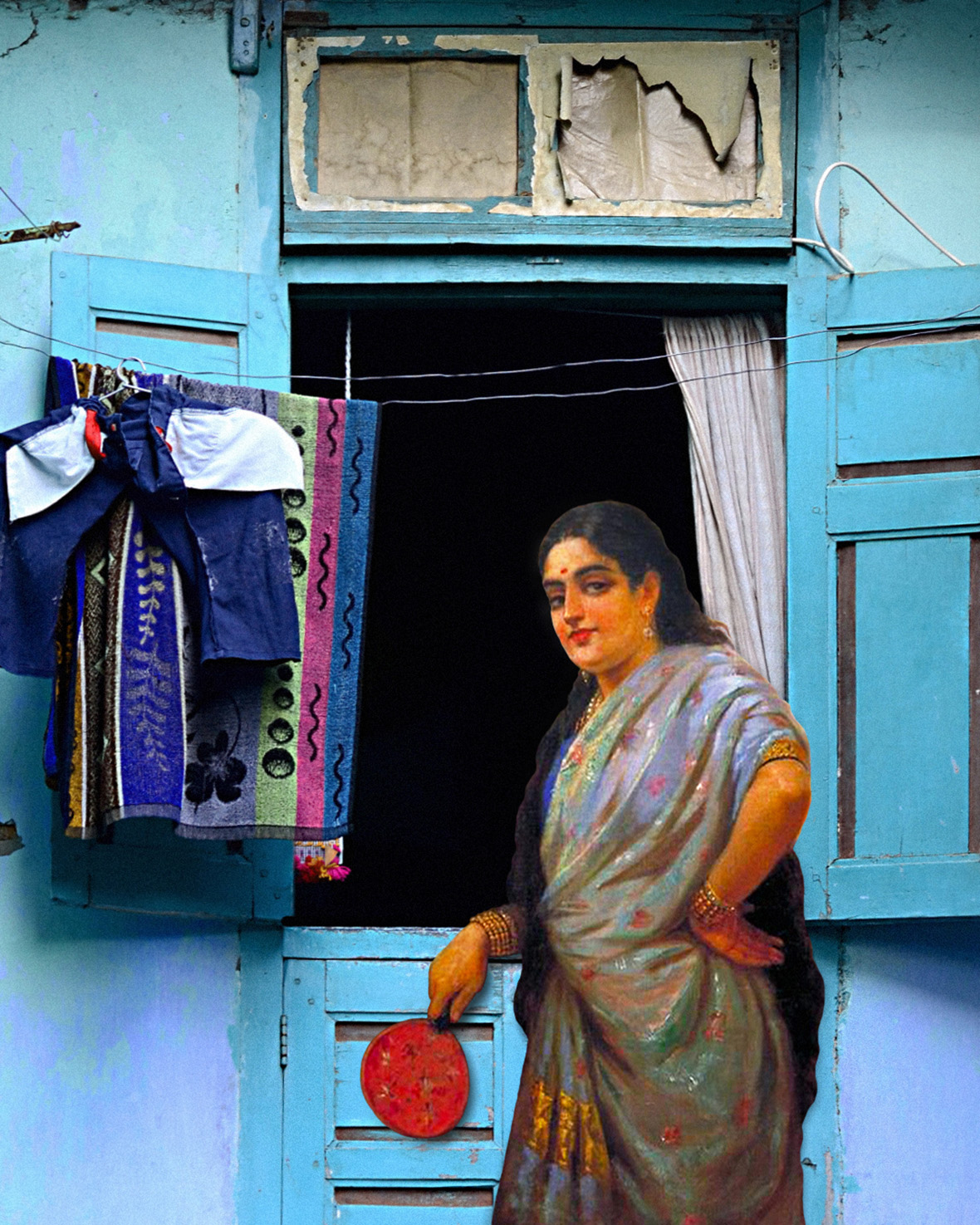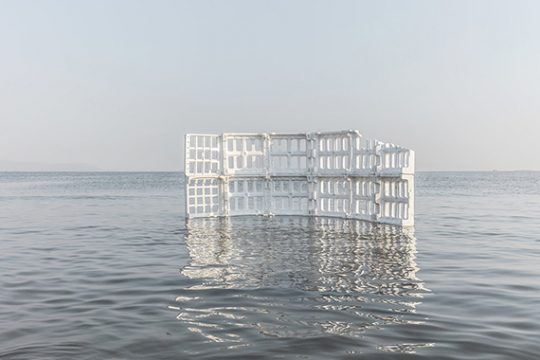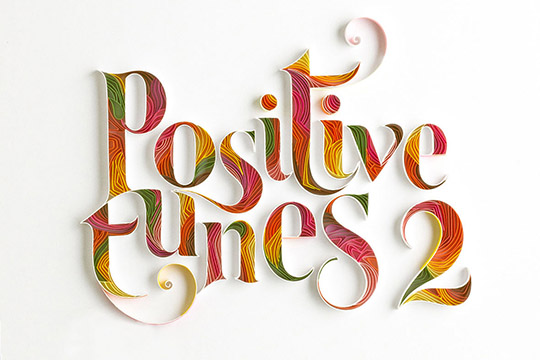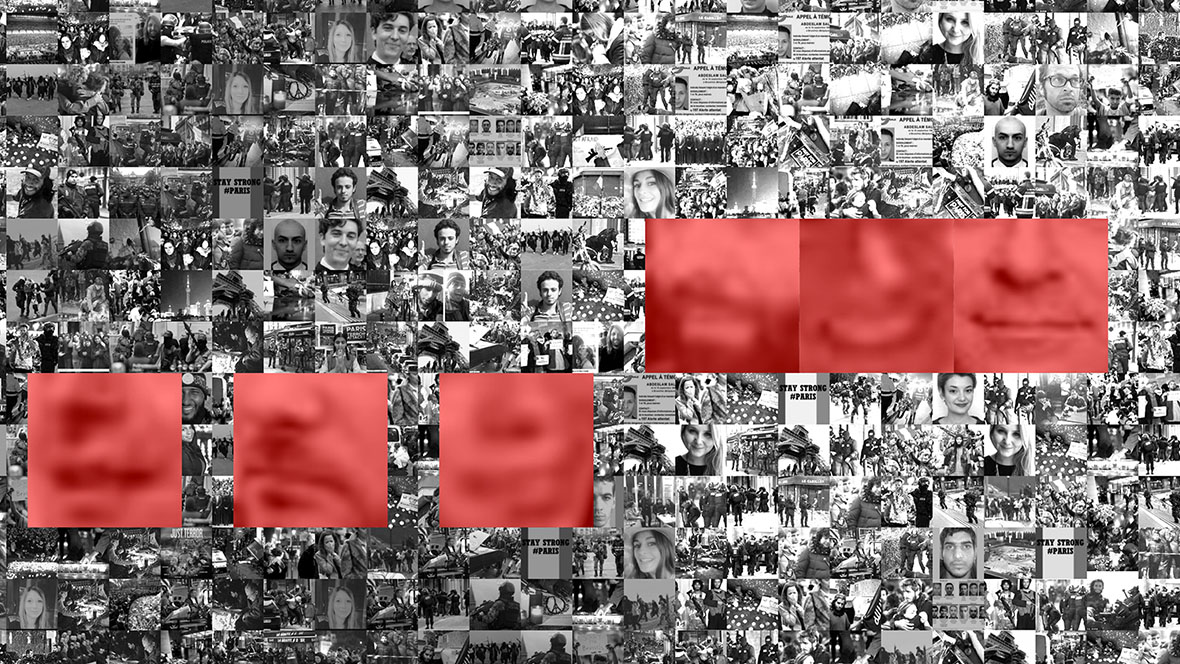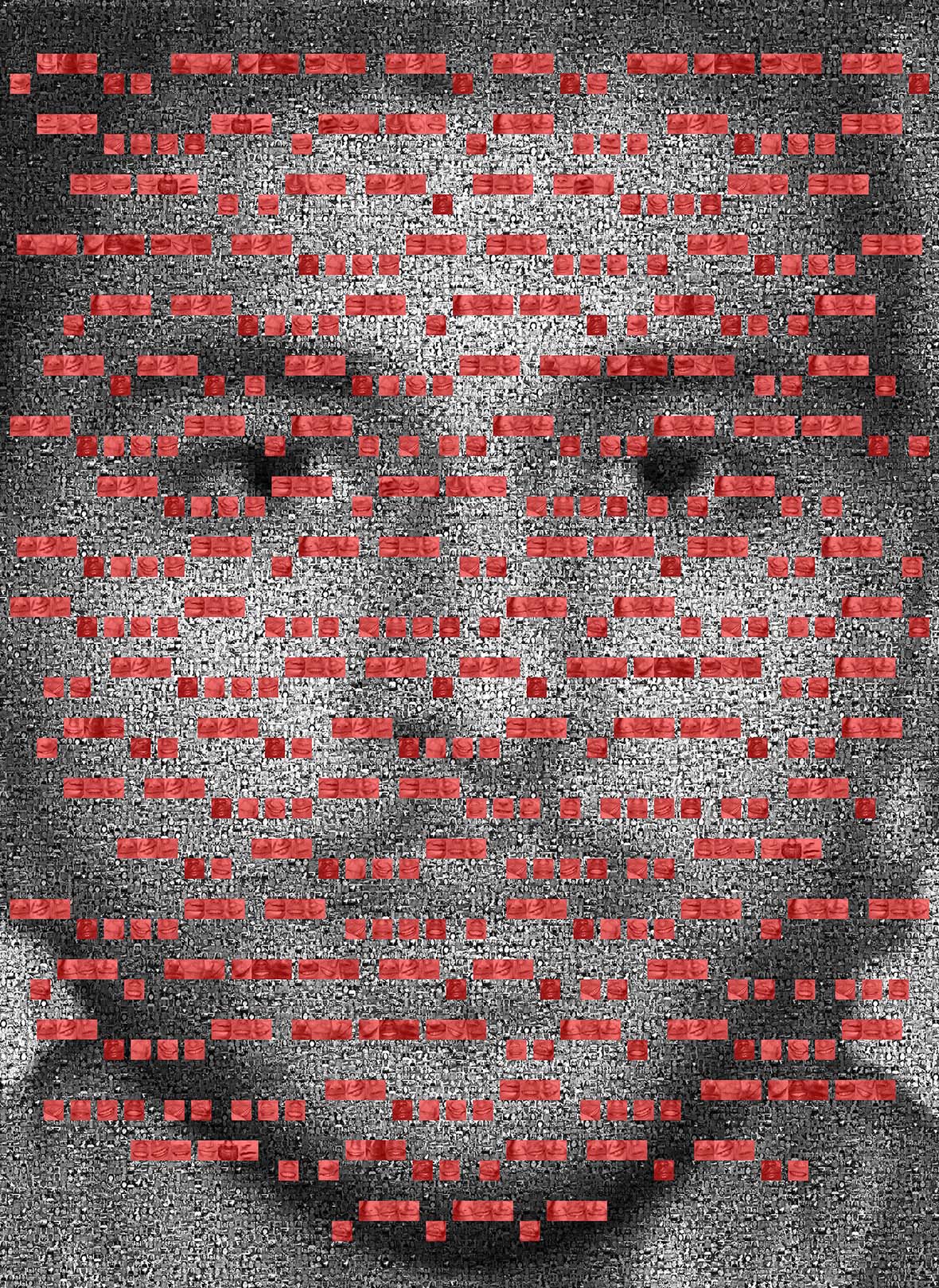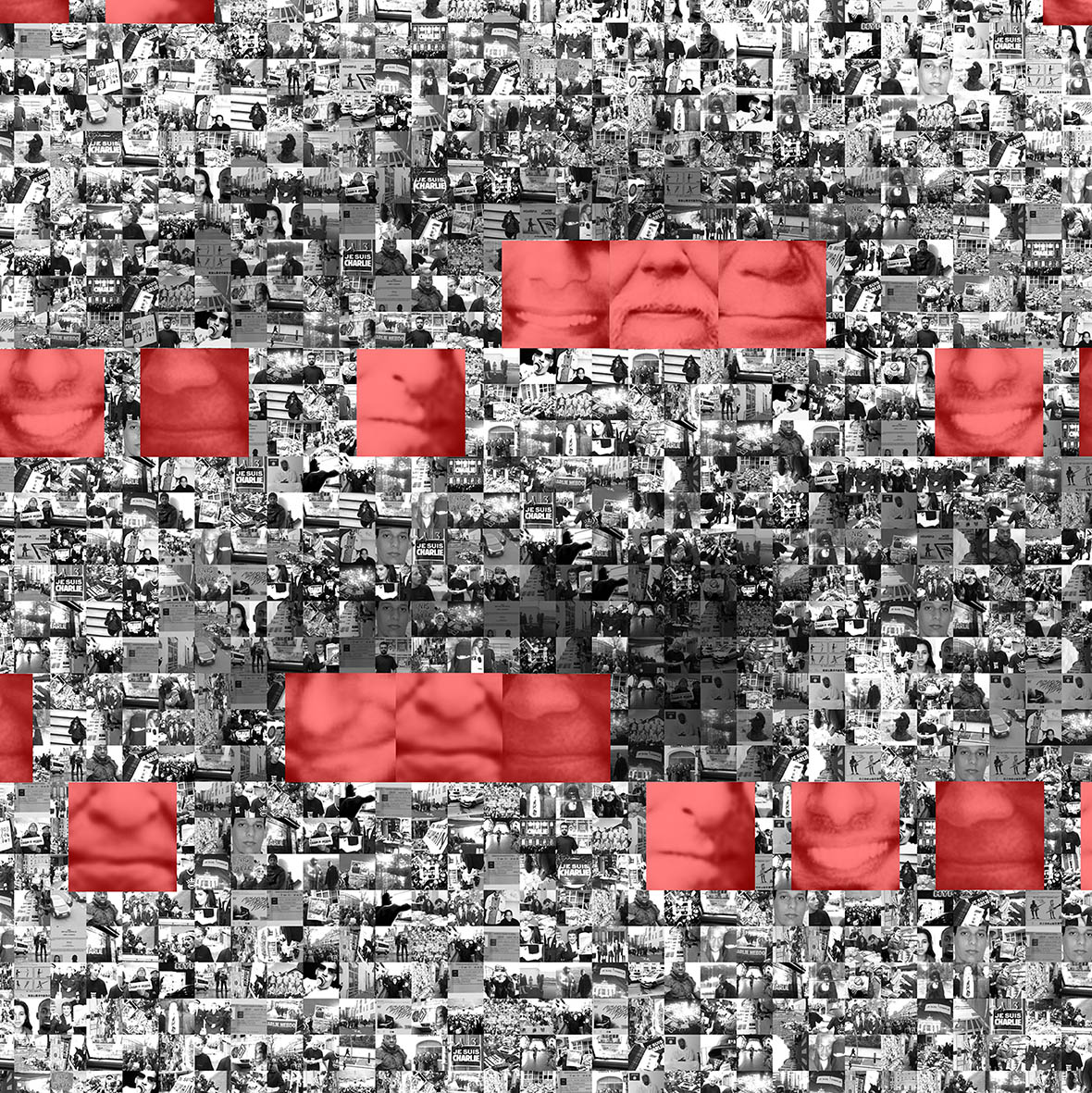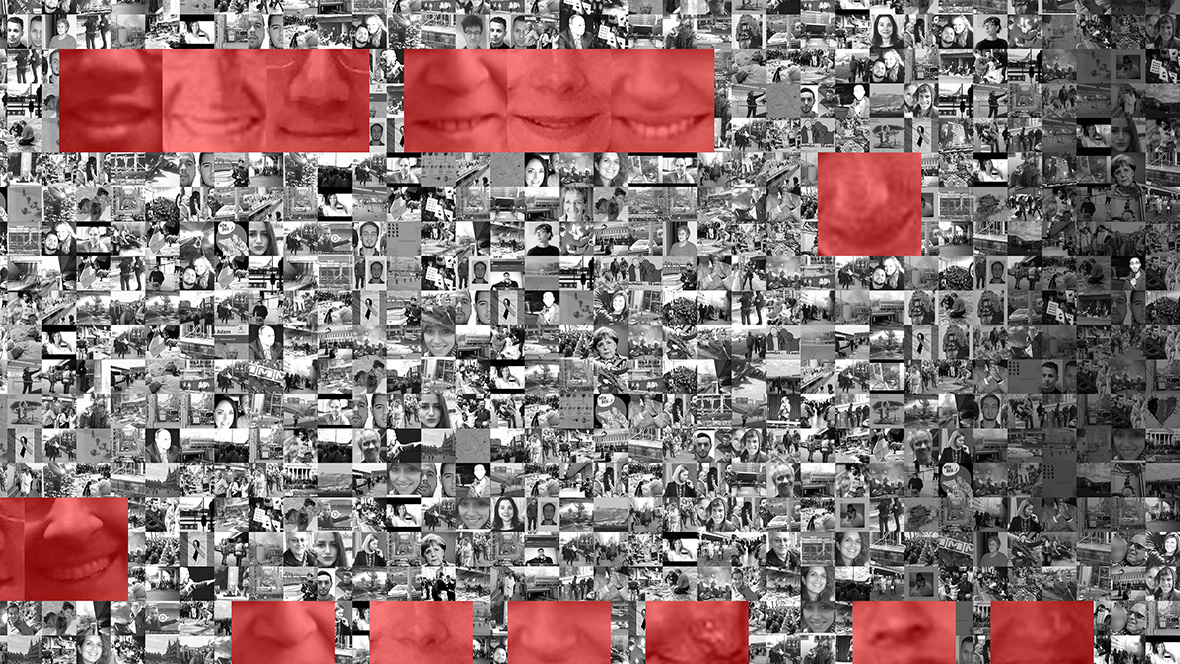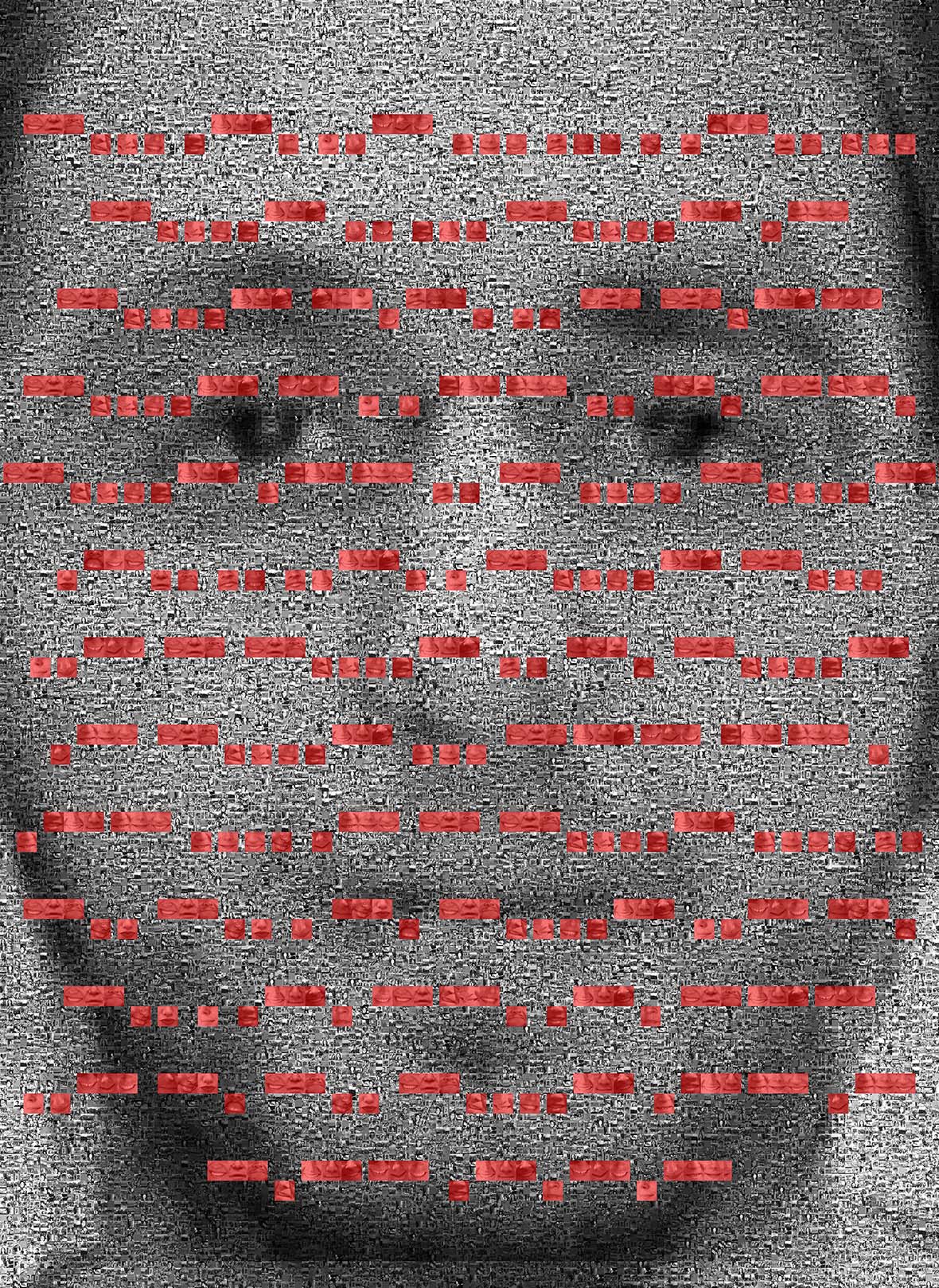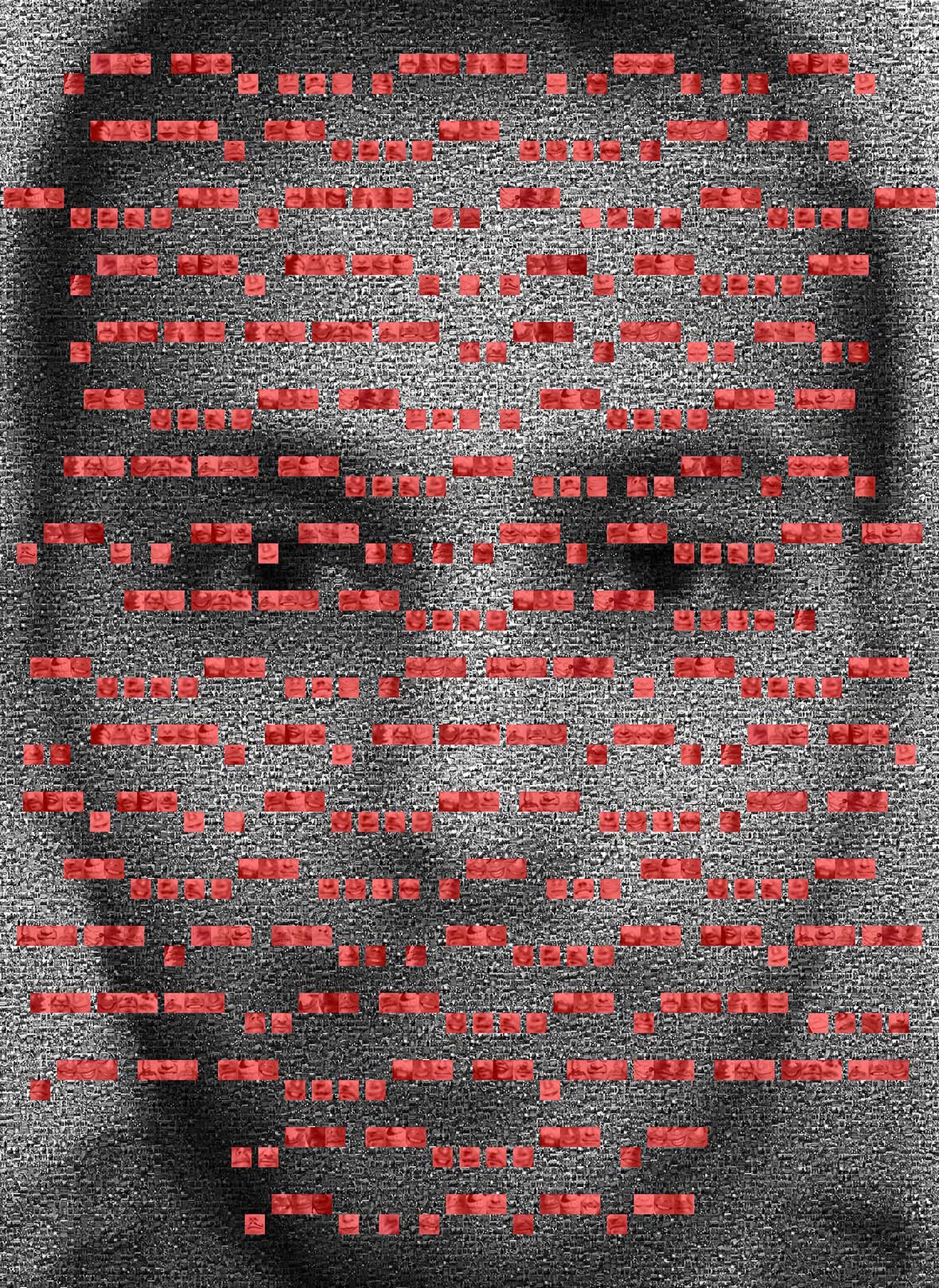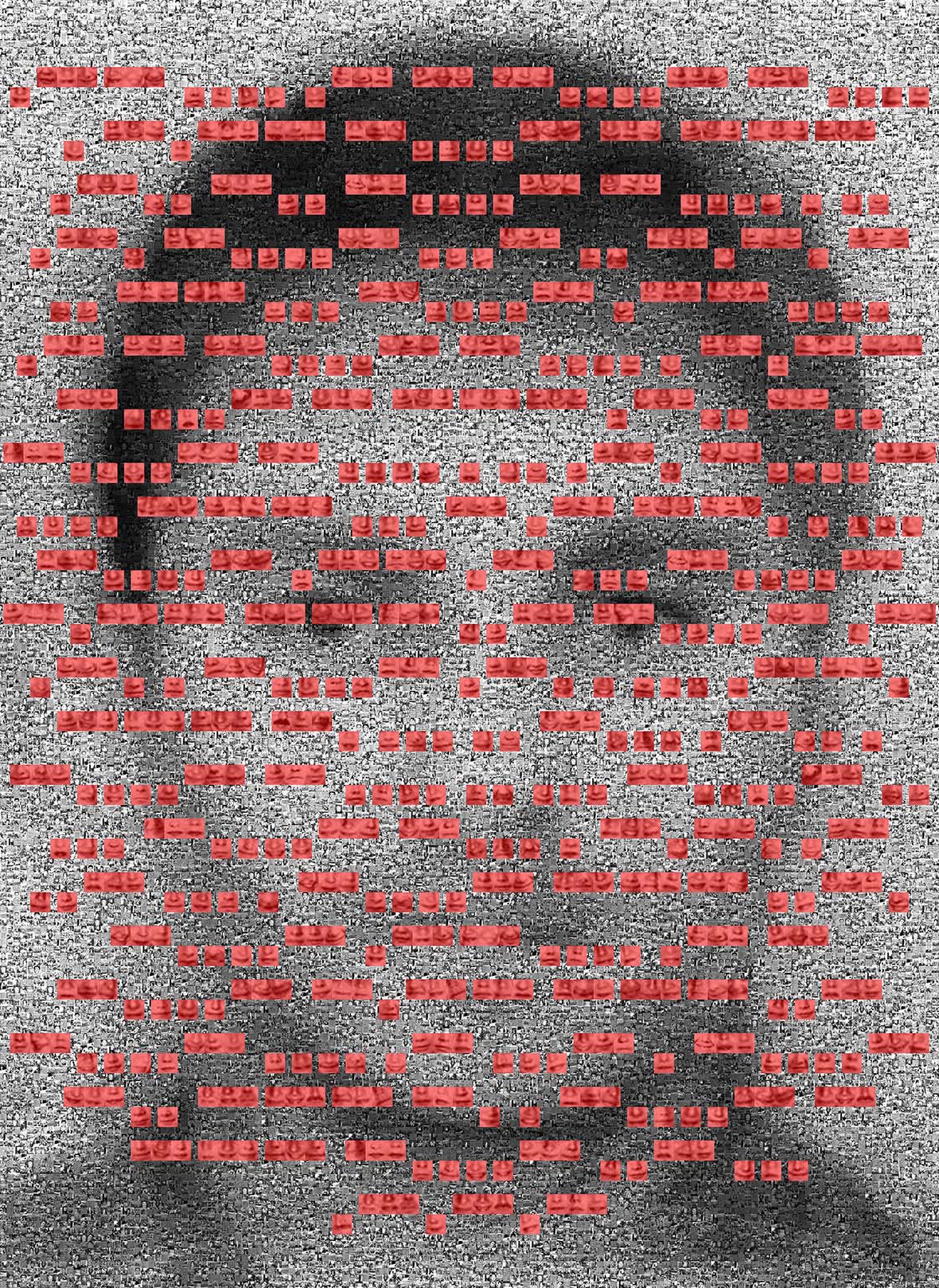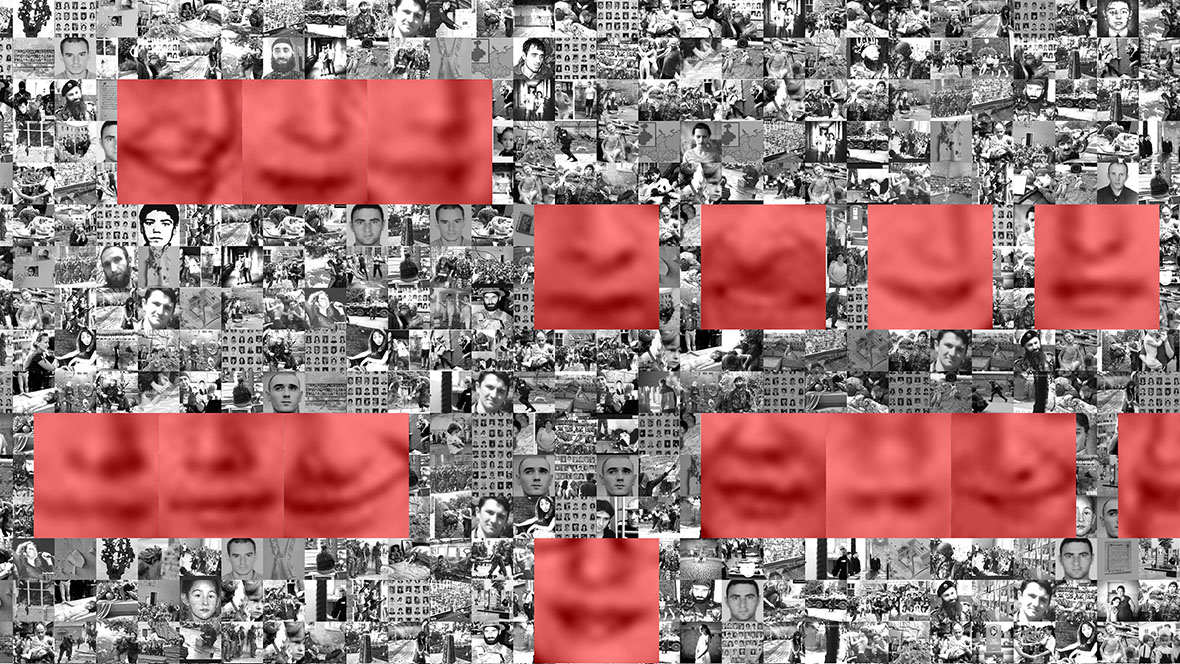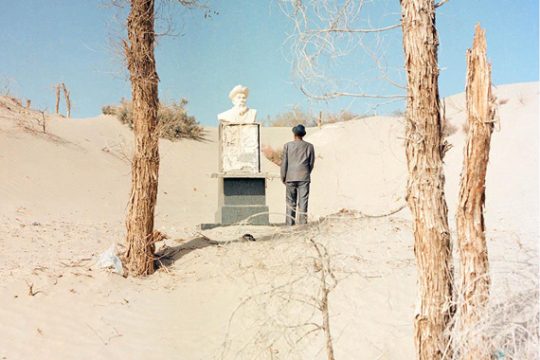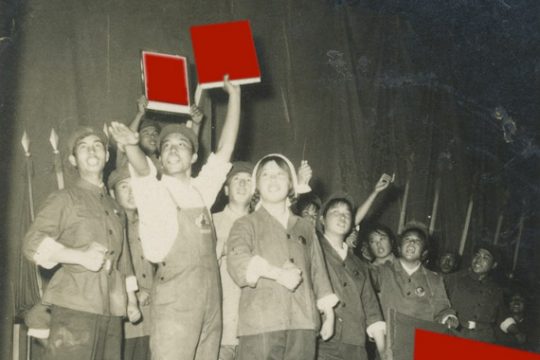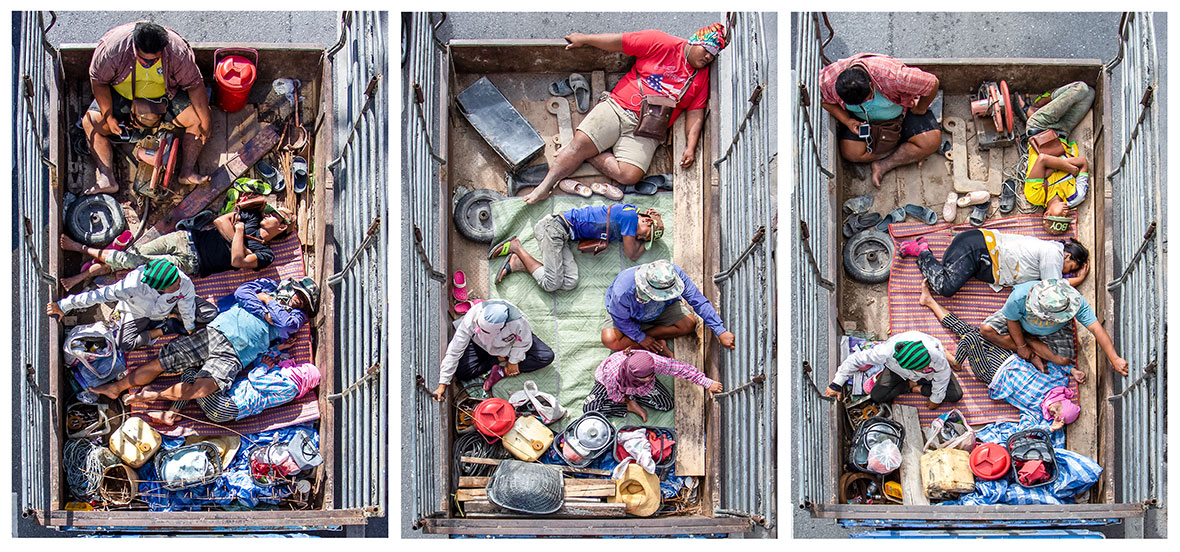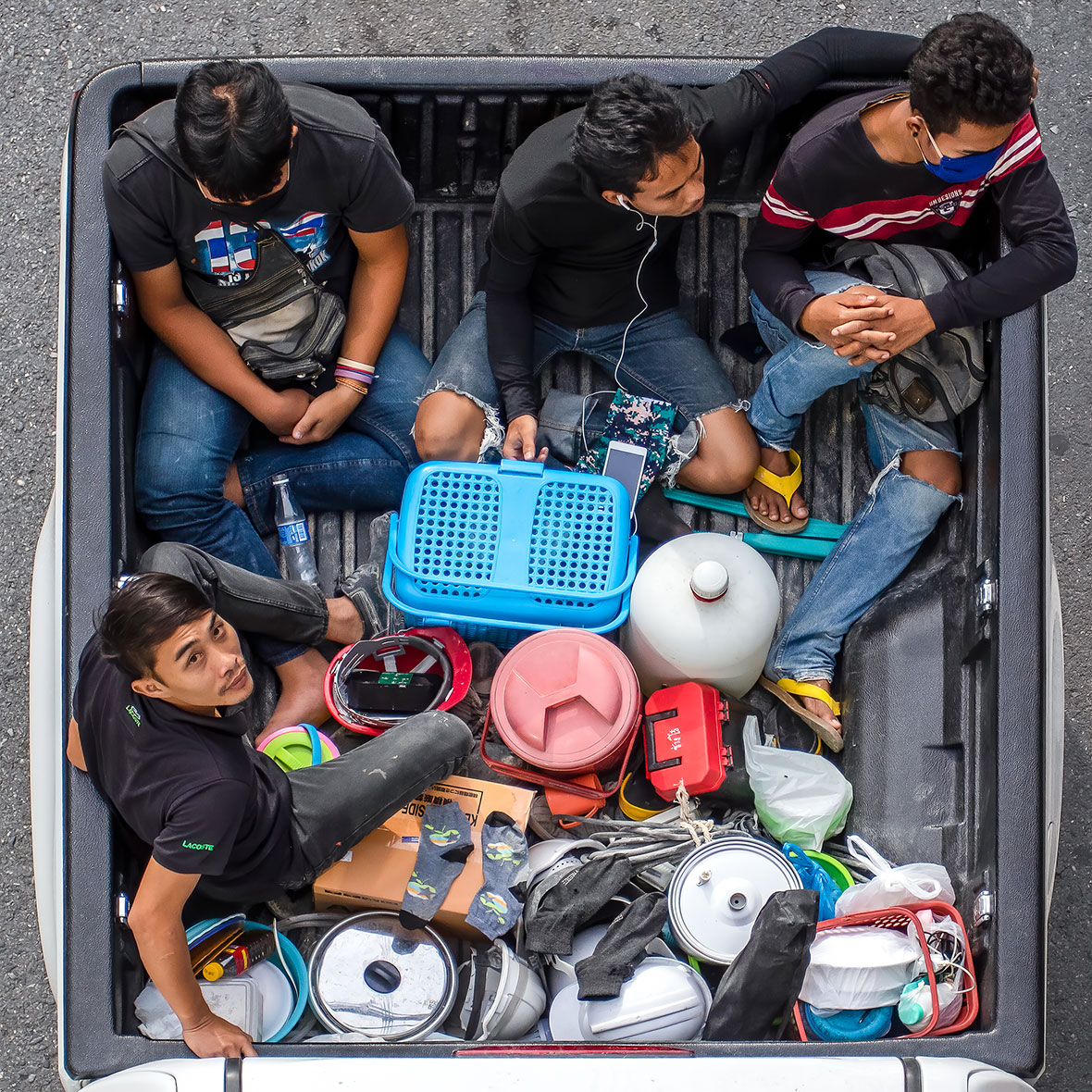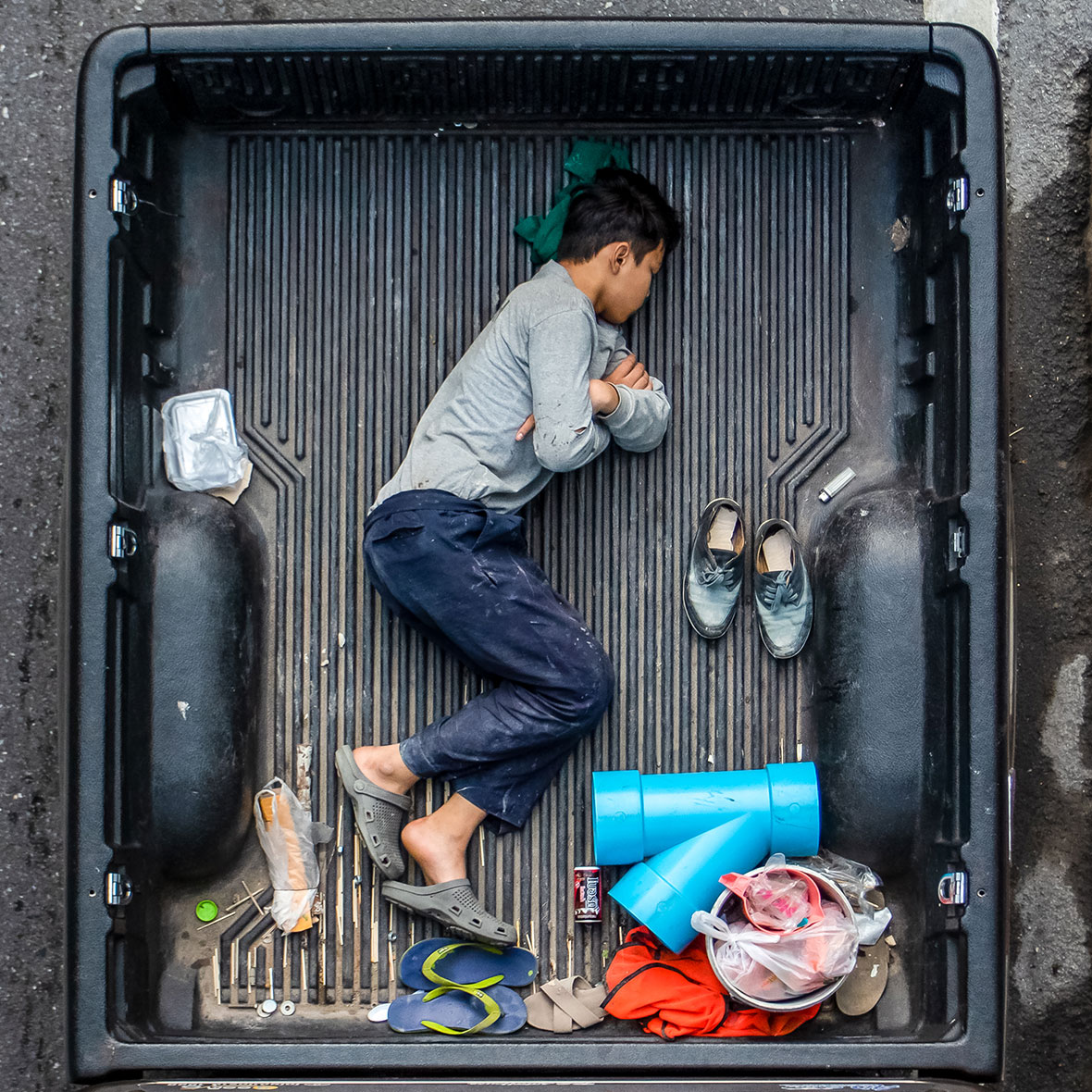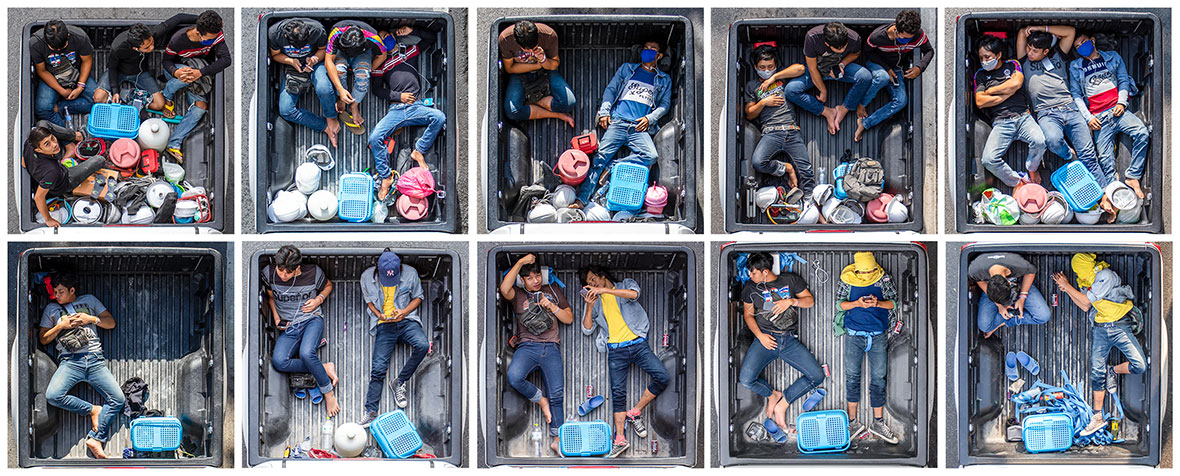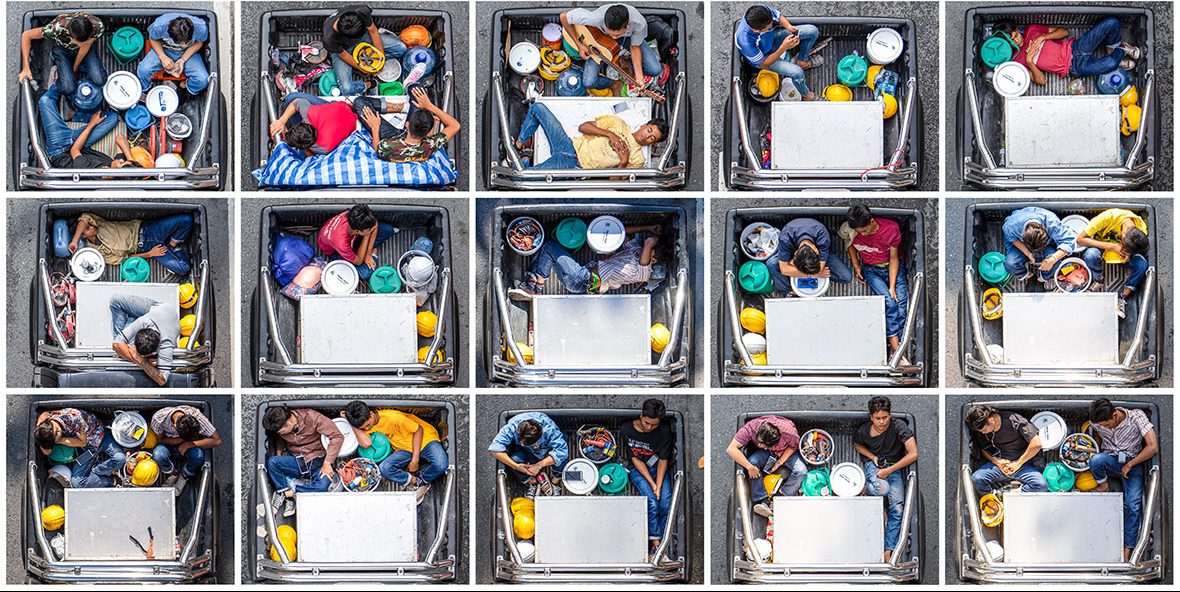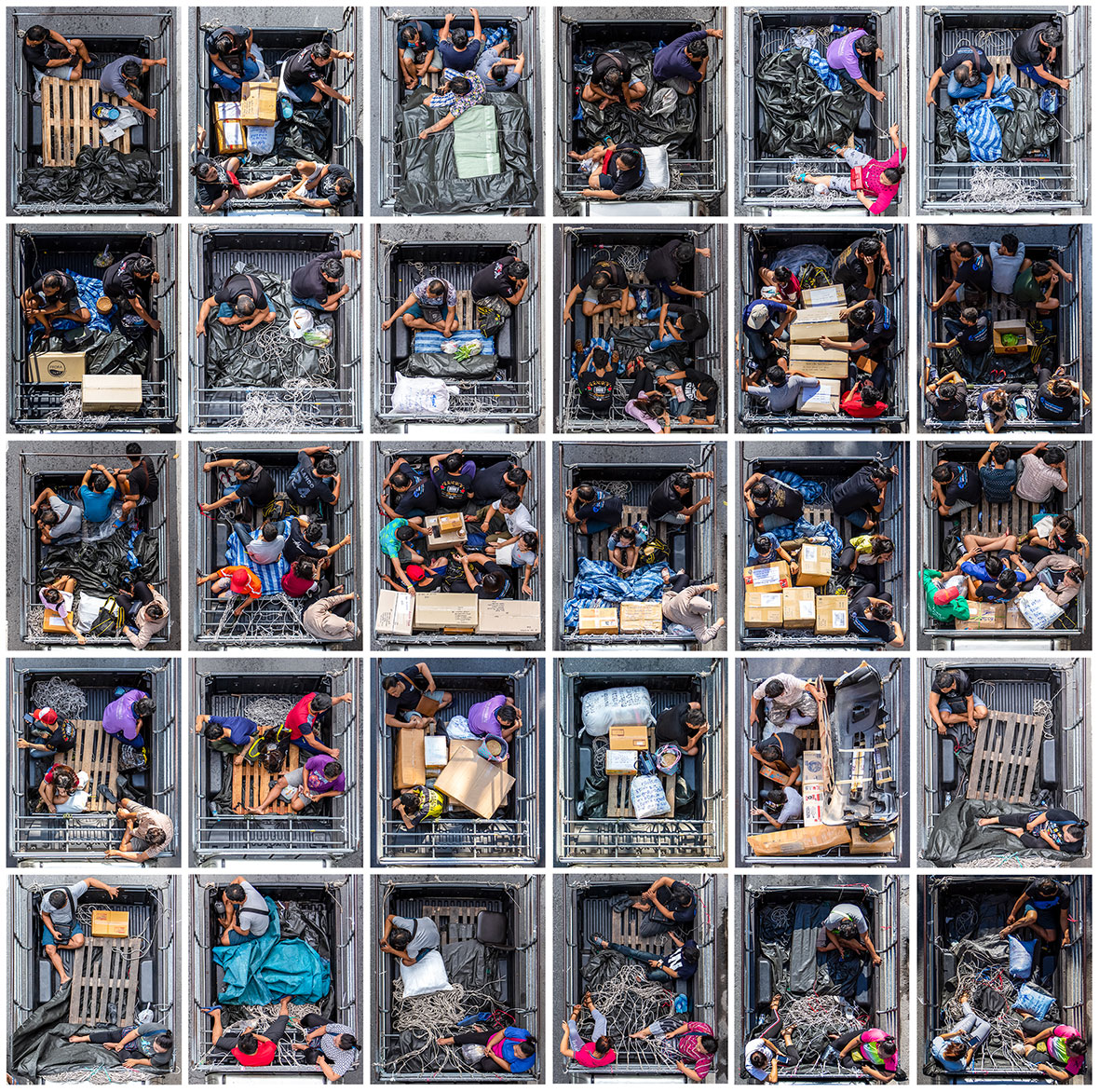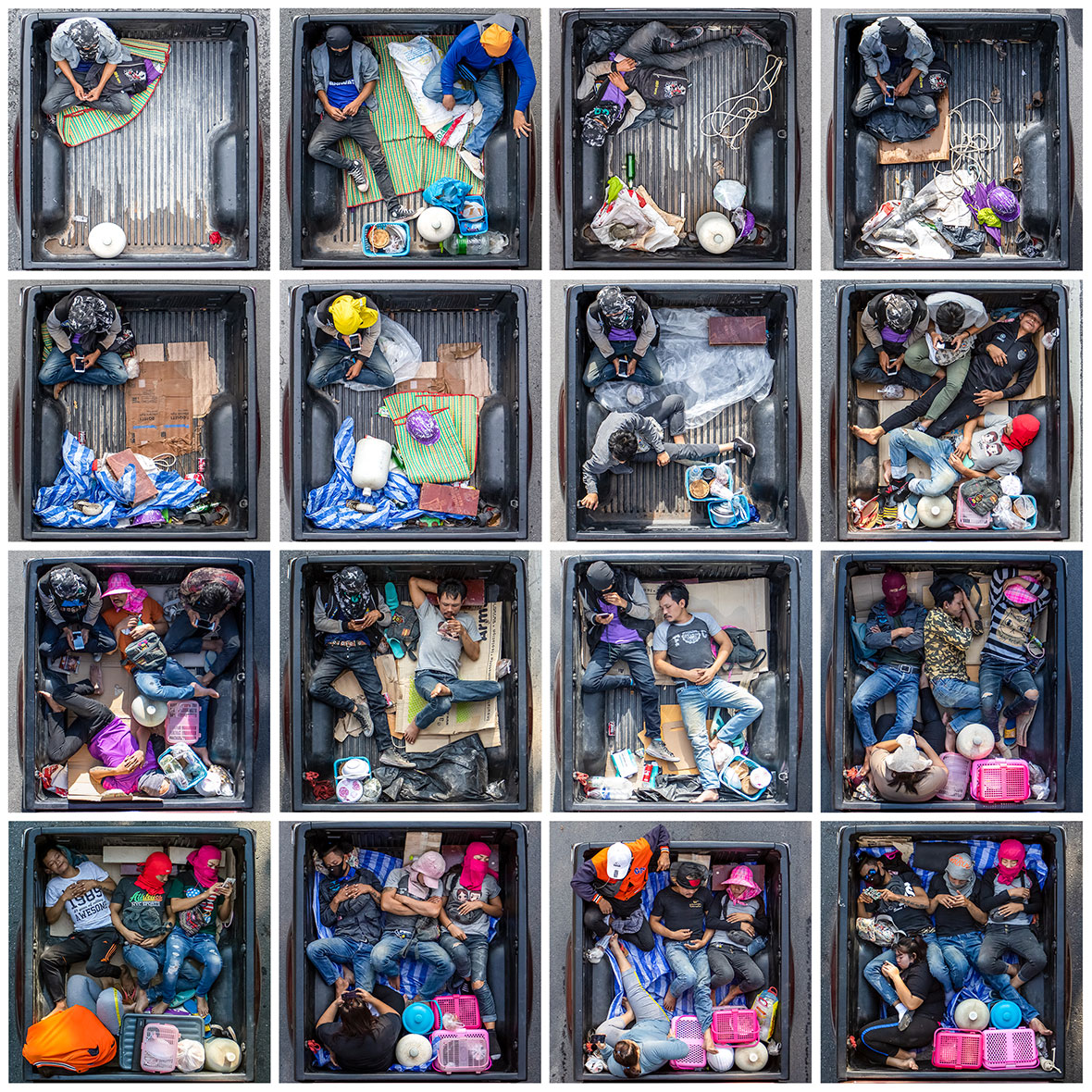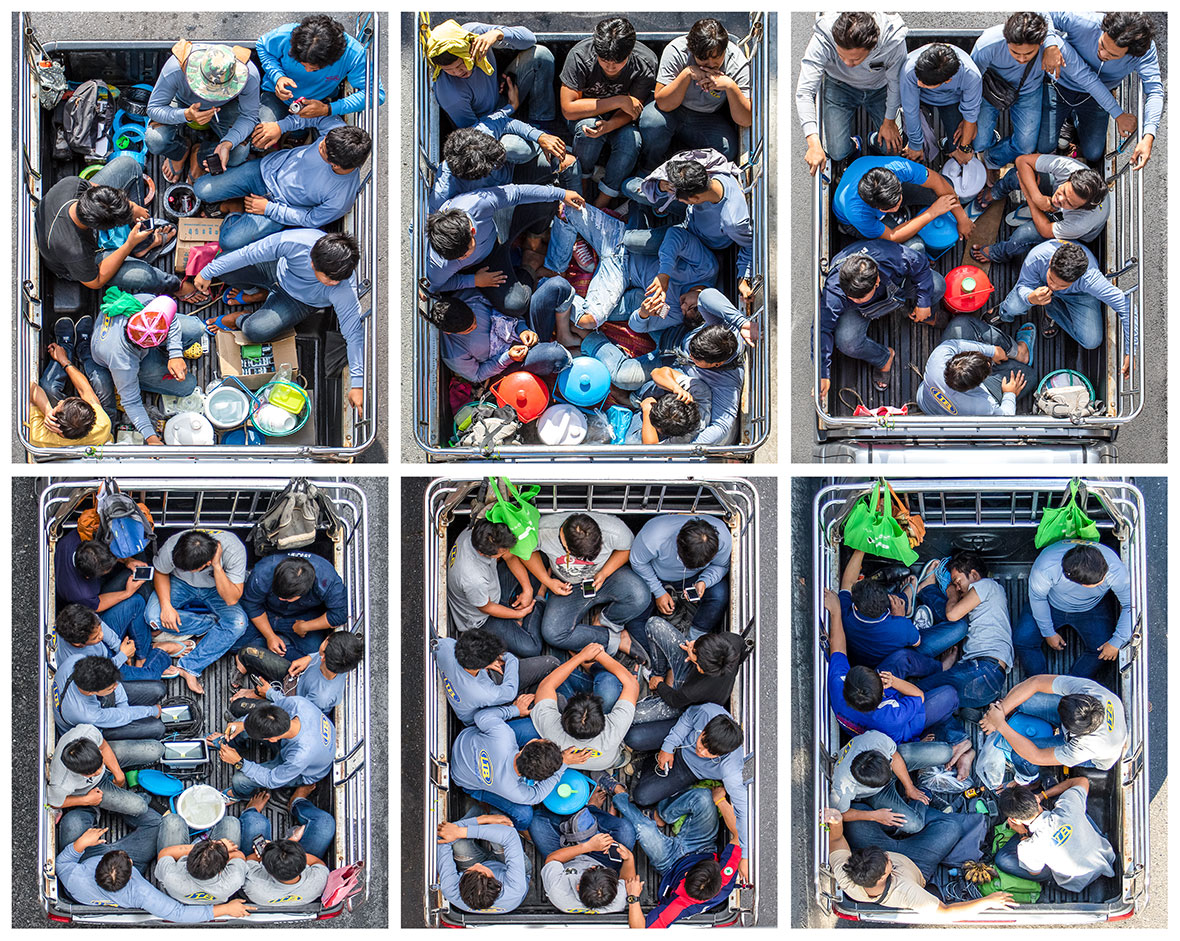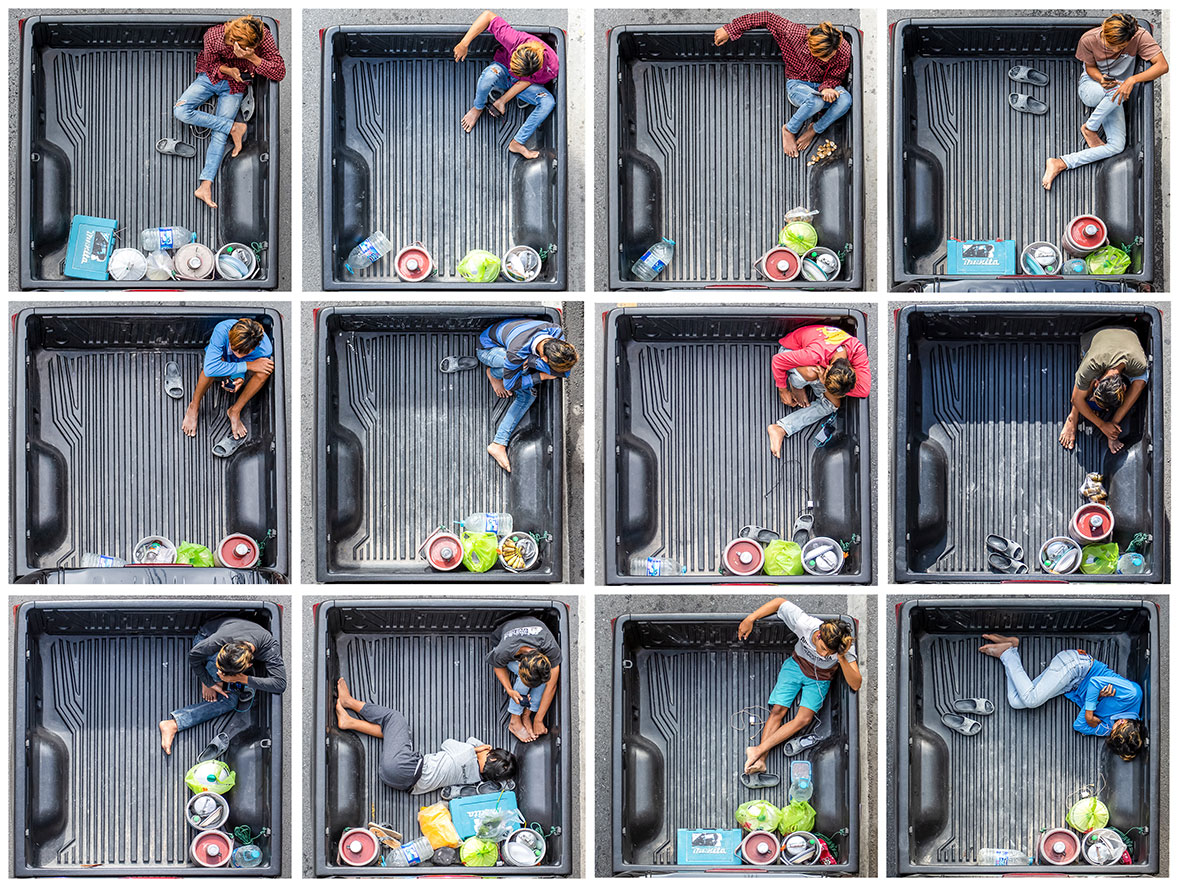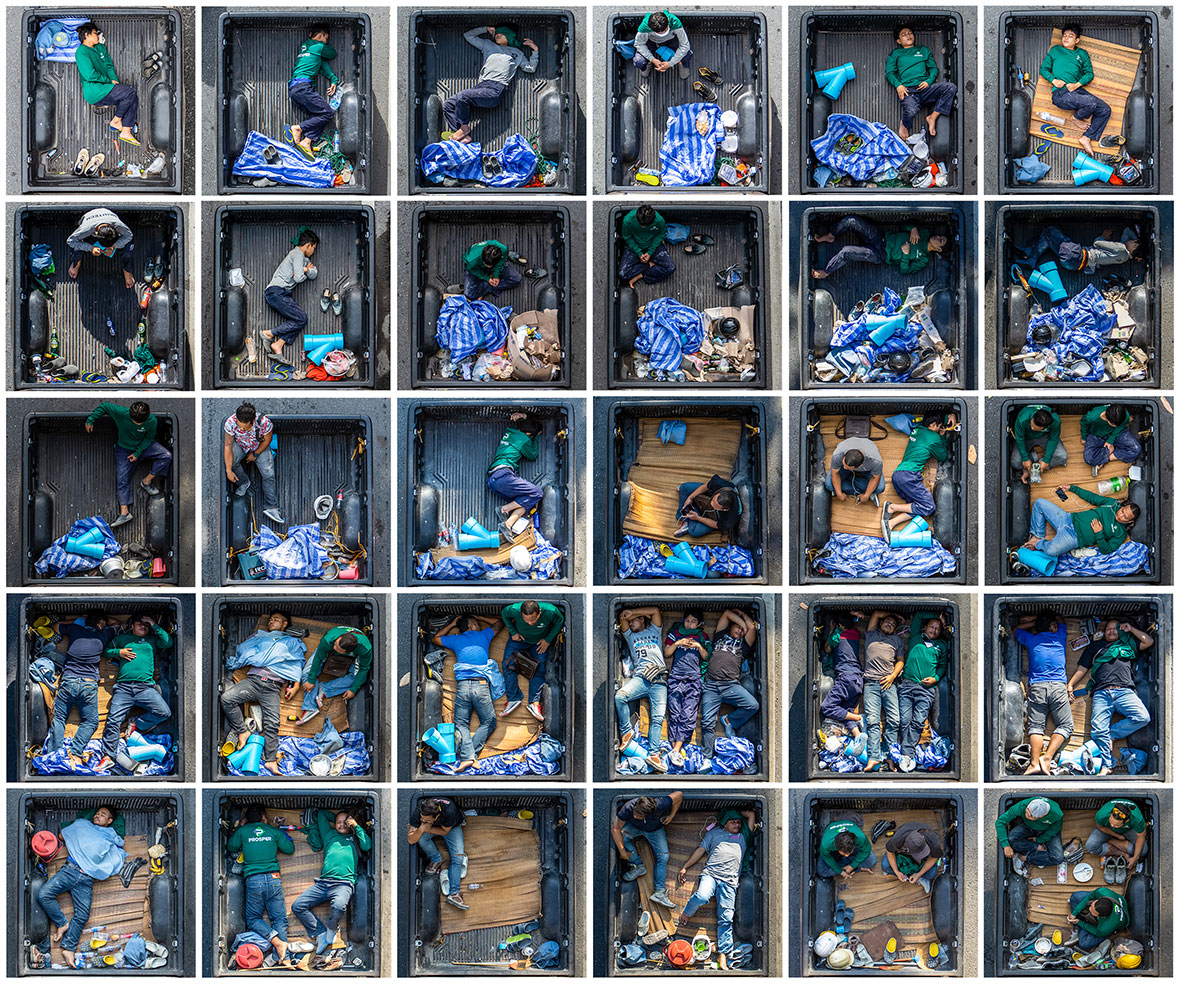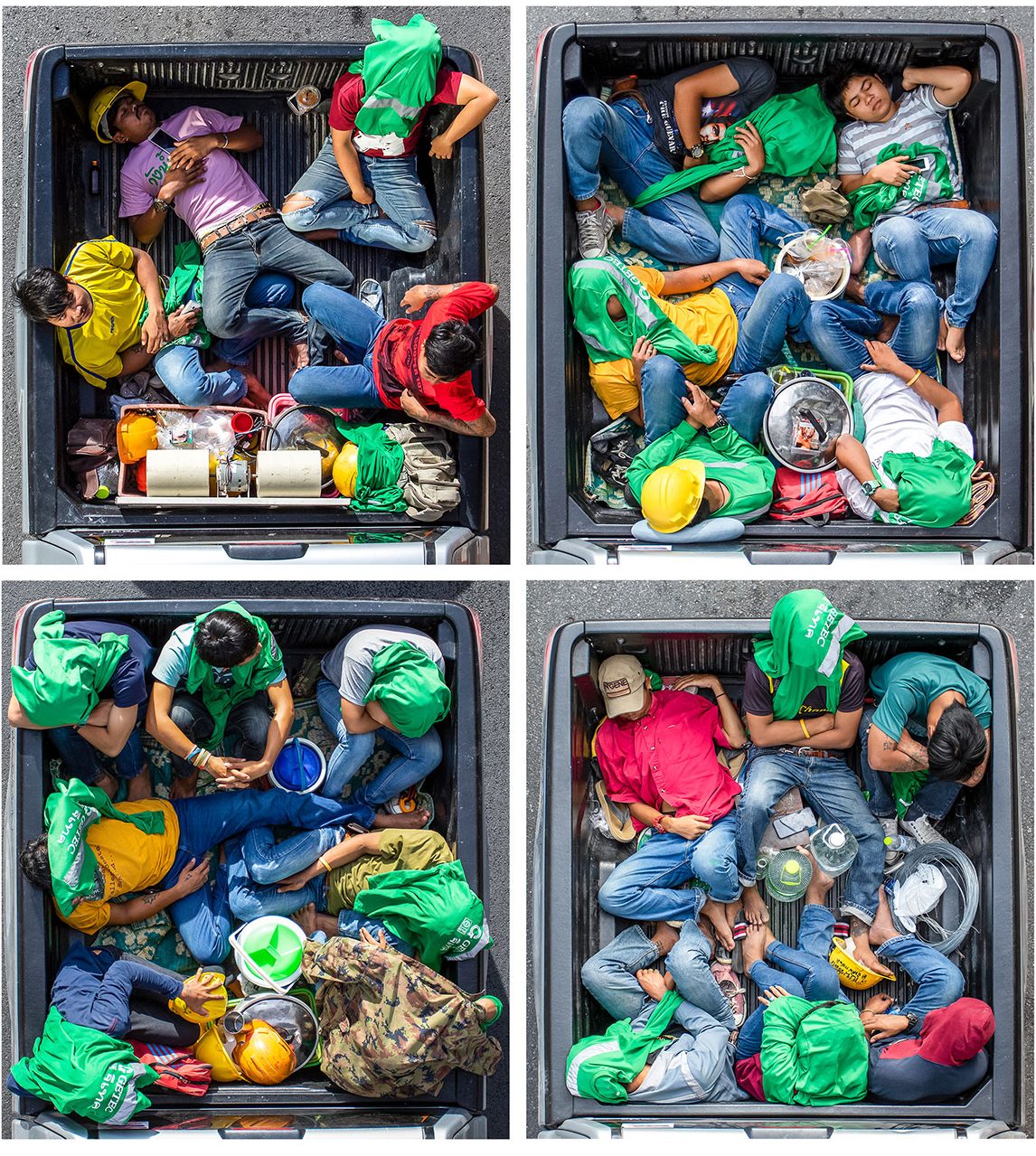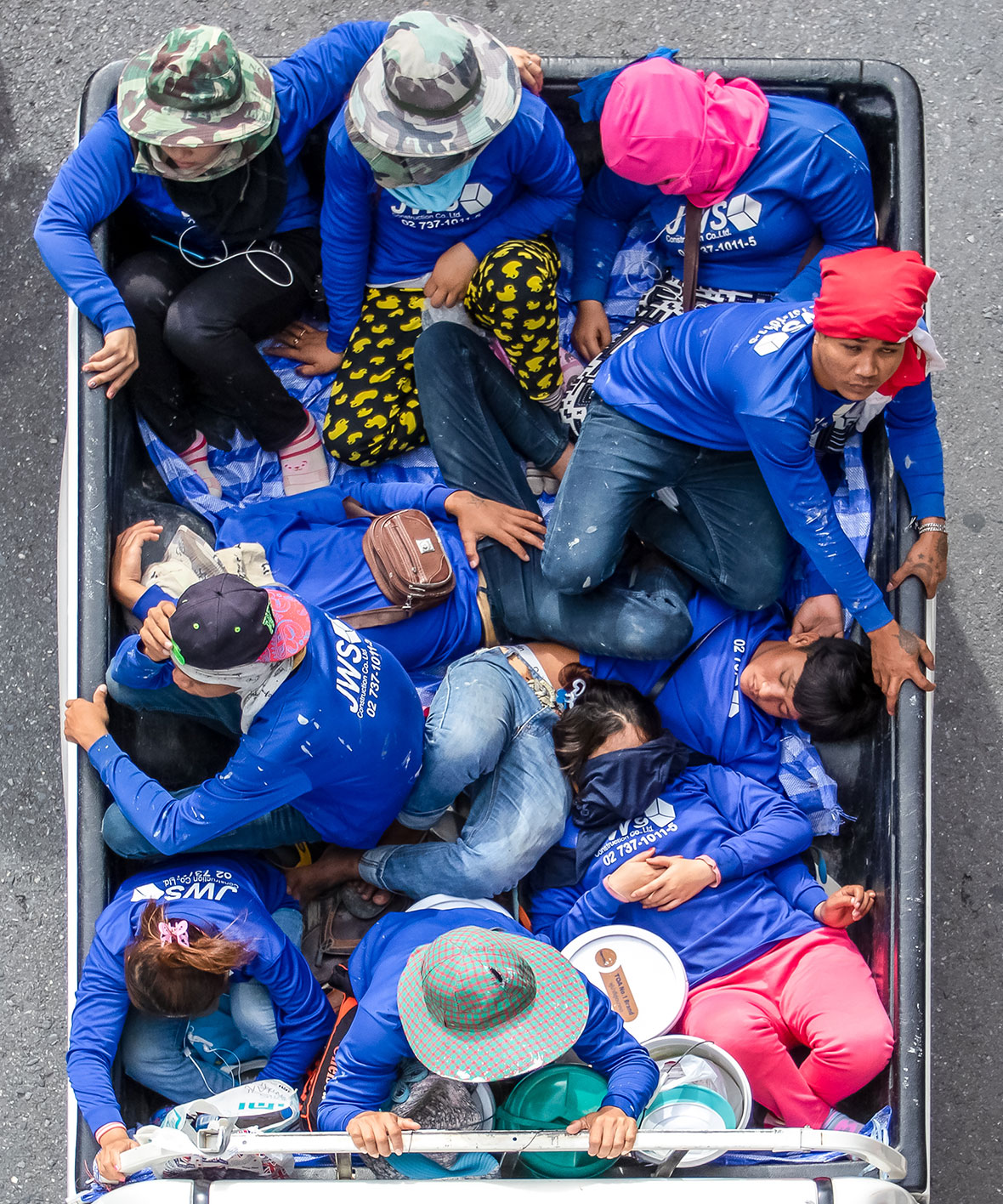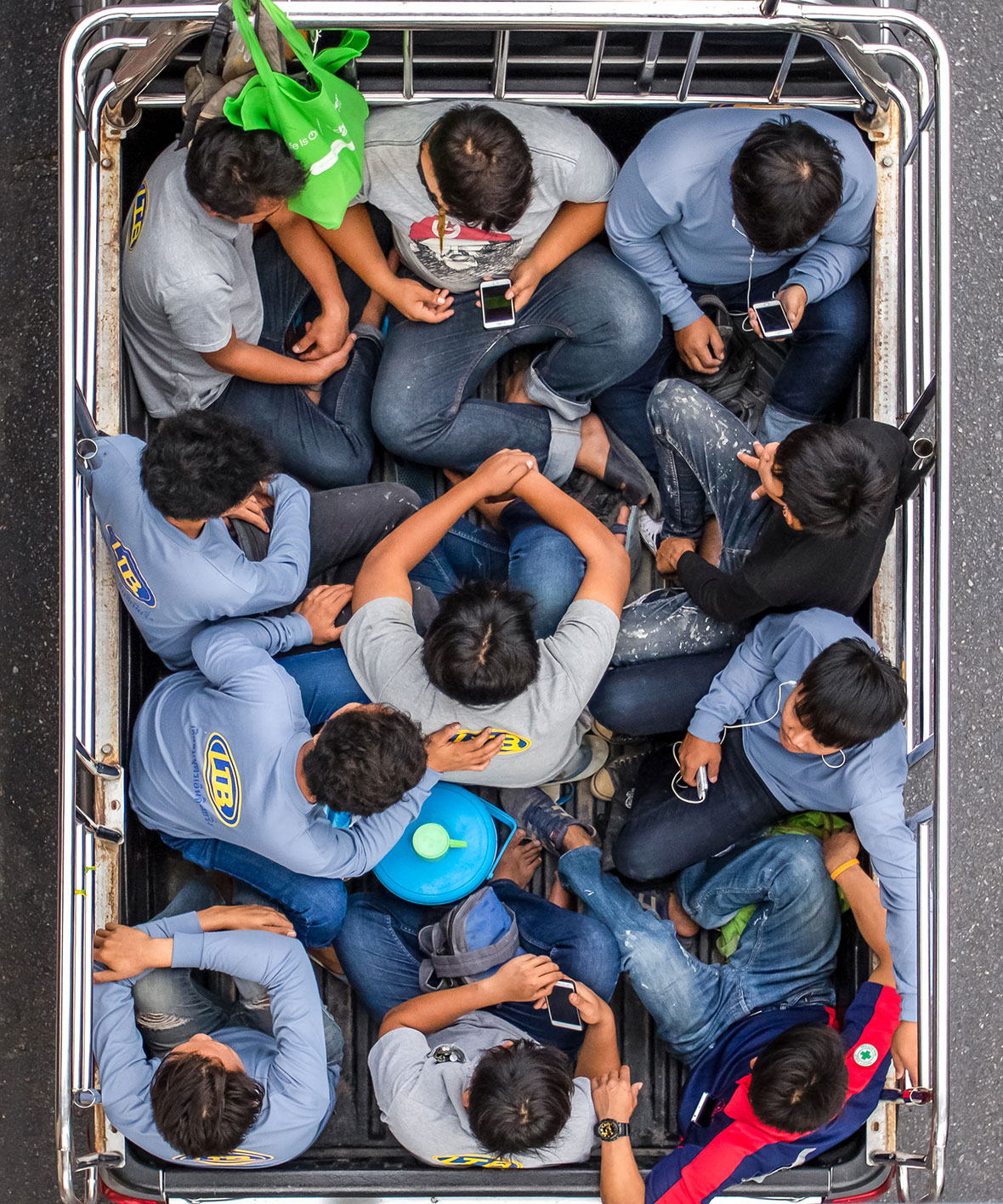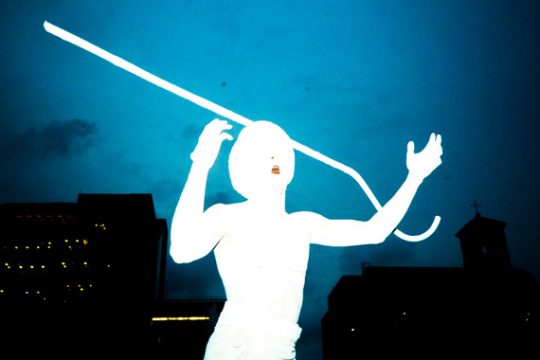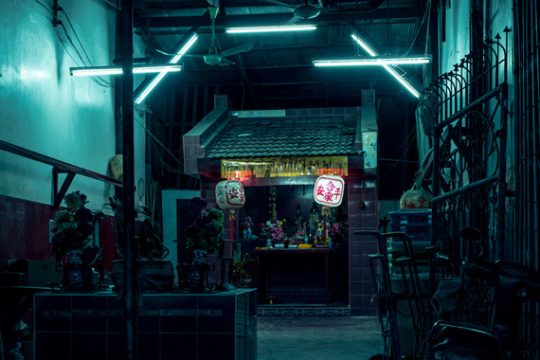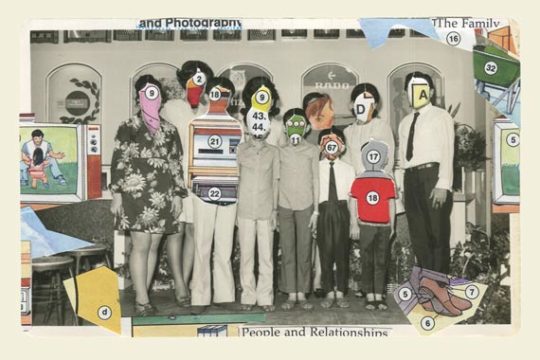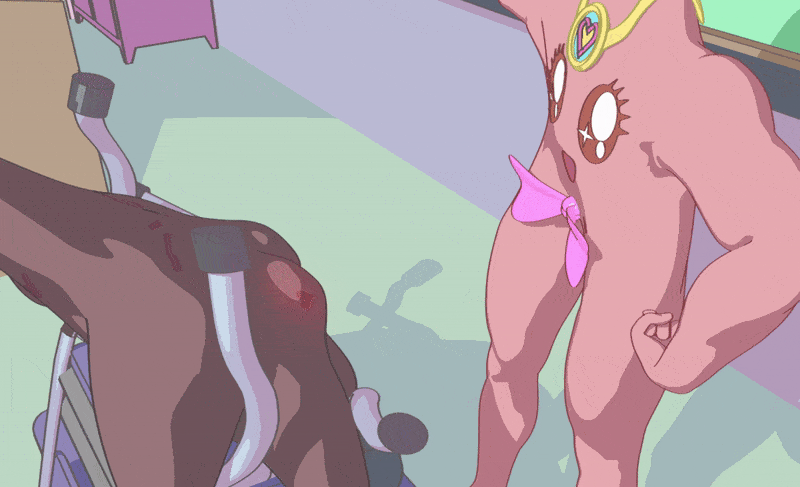
It’s not often that you see a starfish vengefully spanking the exposed butt of another, but in the universe of Happy Kawaii Friends, anything is possible. This animated matrix of alcoholic and sexually suggestive sea creatures comes from the mind of Taiwanese animator Mao Mao, a former commercial animator who’s brought a bawdy aquatic world to life.
快看,一颗苦大仇深的海星正拍打着同伴的屁股。这样的场景或许并不常见,但在动画 《Happy Kawaii Friends》的世界里,任何事都有可能发生。这片纸醉金迷的海洋大观园来自台湾动画师毛毛的手笔,而作为一位前商业动画的从业者,他现在正要向你展示一个荒淫无度的水下生物世界。
In his short cartoons, a gang of pastel-and-neon characters parades around against a soundtrack of overly cheerful, canned electronic music. There’s a unicorn named Xiansen who ejaculates rainbows from his horn, which droops flaccidly when he’s scared or nervous. There’s Happy Limb, the third leg of an alien who became sentient after being surgically removed. And there’s Xiongdi, the bully starfish covered in scars and tattoos. Welcome to Happy Kawaii Friends time!
在他制作的卡通短片中,一帮娇皮粉嫩的海底生物在欢快的电子配乐下招摇过市。其中有一只名叫 “先森” 的独角兽,它头顶上的角能喷射出彩虹,但也会因为惊吓或紧张而变得萎蔫;“快樂肢” 则是一种奇怪的外星生物,它的第三支腿在切割之后获得了感知能力;海星是当之无愧的恶霸,它浑身布满了伤疤和纹身,你可以管它叫 “兄ㄉㄧˋ”(台湾方言,意为 “兄弟”)。与这帮嗔怪可人的家伙们为伴,共度美好时光!
Mao Mao got the idea for Happy Kawaii Friends while working at an advertising agency. Given free rein to create an ad for an adventurous client, he dreamed up a psychedelic, sexually charged cartoon featuring bees with stingers poking out from their exposed bottoms, queuing up to drink the nectar-blood of a naked man in a flower bonnet. The ad was a hit, and a flood of positive feedback from fans and colleagues motivated him to start an Instagram account to upload his work. As his following grew, he began receiving more and more commercial work, which eventually led him to quit his job and focus solely on Happy Kawaii Friends.
早在毛毛还在广告公司上班的时候,他就有了创作《Happy Kawaii Friends》系列的念头。一次机会,毛毛接手了一个勇于冒险的客户,于是他充分发挥想象力完成了一篇广告。动画中的蜜蜂被赋予了一种性感的存在,它们光着屁股露出蛰针,整齐地排在花帽子裸男的面前,痛饮男人的鲜血。
广告推出后很受欢迎,粉丝和同事们好评如潮。之后,毛毛决定开设一个 Instagram 账号,专门上传他自己的作品。随着关乎人数的上升,他收到的商业合作项目也越来越多,这让他不得不辞去广告公司工作,一门心思放在 Happy Kawaii Friends 账号上面。
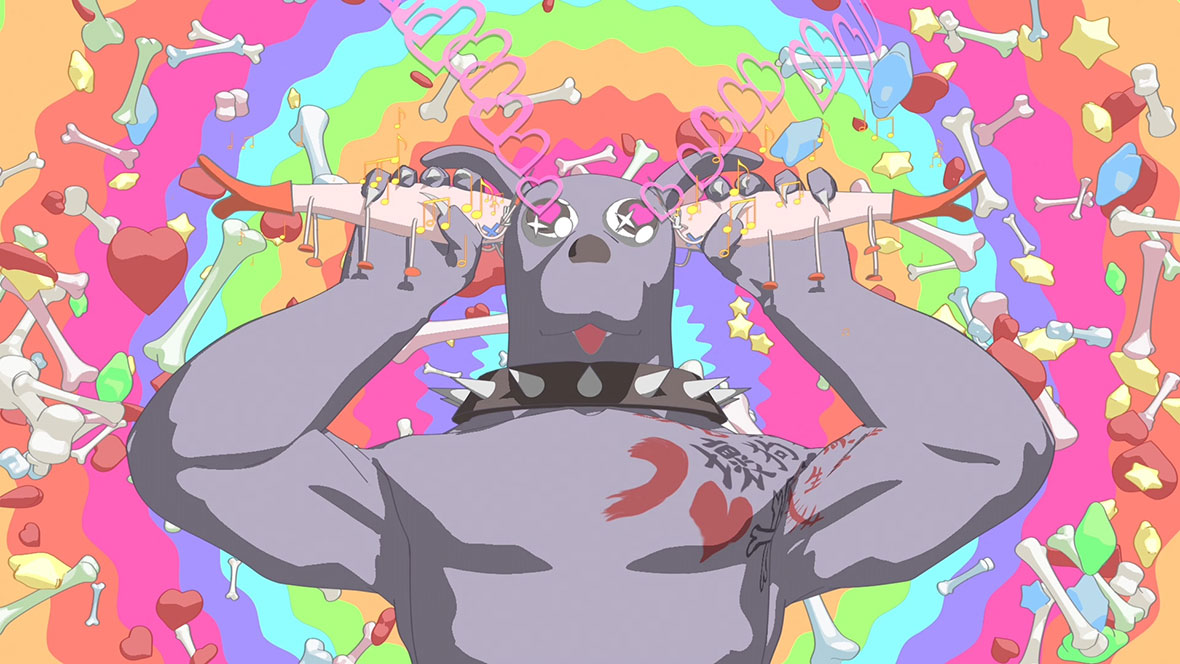
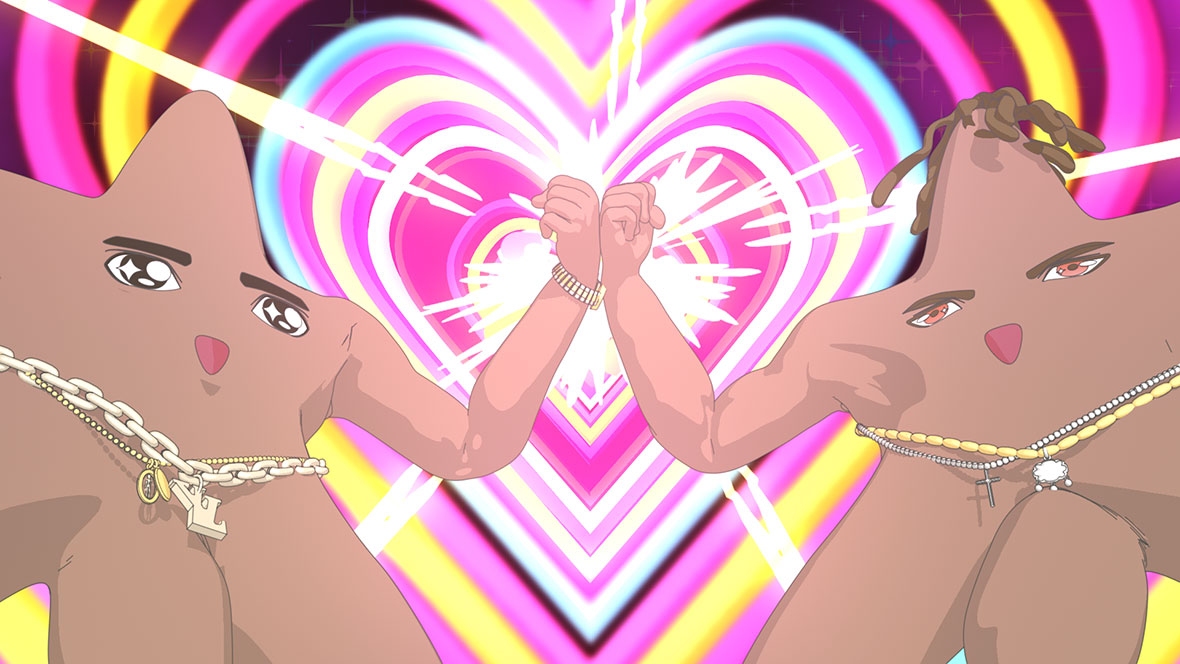
Mao Mao’s immediate goals are modest: he simply hopes to keep earning money doing something he enjoys. But eventually, he’d like the project to become more meaningful and touch on contemporary issues. “Gender issues are something I’m very interested in,” he says. “I support feminism and hope to explore the issue more in my animation.”
He’s already begun tackling topical issues, as in a clip supporting same-sex marriage. “It’s uplifting to see Taiwan pass the marriage equality law,” Mao Mao says. “Even though there are a lot of people against gay marriage, especially the more conservative, older generation, I believe that as time goes on, more and more people will begin to understand the importance of respecting the beliefs and lifestyles of minority groups.”
毛毛当下的目标是忠恳的:能用自己喜欢做的事情来赚些钱。但后来,他更希望为作品赋予内涵,触及当代社会议题,他说:“性别,其实就是我个人一直在关注的主题之一。我是女性主义的支持者,如果未来有合适的方式,我也可以透过《Happy Kawaii Friends》向大家传递我所关注的观点与看法。”
其实,他的作品已经开始了对社会议题的探讨,例如作品中支持同性婚姻的片段,他说:“台湾能够通保障同志人权的法律,我感到非常荣幸。虽然台湾仍然有不少人反对同志婚姻(尤其是较保守的长辈),但我相信随着时间的推移,在未来他们还是能够理解到维护少数人群的必要性。”
The Happy Kawaii Friends are more than a little homoerotic, but Mao Mao says that’s not exactly his intention. “The characters I draw are pretty much only male, so I can understand why the art may seem gay. Most of my creatures, in some way or another, are jokes about masculinity and the male anatomy. But I welcome the LGBTQ+ community to interpret my works in their own way.”
尽管《Happy Kawaii Friends》看起来很有同性的意味,但毛毛说那并不是他的本意。他说:“可能是因为我画的角色都以看似男性的生物为主,也或多或少都有些关于男性特征的玩笑隐喻,所以在某种程度上会联想联想到同志主题。但我支持 LGBTQ+ 群体,也欢迎他们用自己喜欢的方式来解读我的作品。”
For all its unabashed sexuality, Mao Mao’s series is less about eroticism than the joy of all things internet-related. Memes are a big inspiration, and Mao Mao points to the Yaranaika and Piper Perri memes and ahegao expressions as prime examples. “Even though some of these were originally meant to be pornographic, once filtered through the internet, they morphed into something different,” he says. “I find it interesting that through dissemination, they lost their erotic associations and became something more mischievous. It’s something that I want to replicate in my work.”
Intentional or not, the sexual overtones of Mao Mao’s animated clips are undeniable. But the Happy Kawaii Friends Instagram account has yet to be reported for explicit content. “I think it’s because my goal is to share my interpretation of kawaii with people,” he says. “Sometimes I’m a little sad that it hasn’t happened yet.”
而对于那些不加掩饰的性元素而言,网络中天花乱坠的乐趣似乎是毛毛更关注的方面。网上各种段子和表情包都是毛毛最大的灵感来源,他指出网络上的段子 Yaranaika 和 Piper Perri 以及表情 Ahegao 就是首当其冲的范例。
“Yaranaika” 出自日本 1987 年同志漫画《瞎搅和的技术》中人物 Takakazu Abe 的口头禅,如今 Yaranaika 已经成为日本网络上 “同志” 的代号;“Piper Perri“ 是一位成年影片的女主人公的名字,在某部影片中,坐在沙发中的她被身后五位黑人男性演员团团围住,而后被网络恶搞,表示压倒性问题到来之时故作镇定;“Ahegao” 是日本情色作品中的术语,通常指女性在性交时的呻吟和夸张的面部表情。
毛毛说:“这些段子和表情虽然本身由色情而来,但当他们成为网络语言后便被赋予了另一层含义。网友们并不会因为词语原本的意思(情色方面)而去分享它们。我觉得这种明明是由情色而来的东西,到最后却失去了它原本的意涵变成纯粹的恶趣味,其实是一件很有趣的事。我希望把这些内容移植到我的作品当中。”
不管是有意还是无意,毛毛动画中关于性的色彩是不可否认的。但 Happy Kawaii Friends 至今也依然没有被任何人举报。他说:“作品的目的还是希望为大家诠释我对 “可爱(Kawaii)” 的理解。居然到现在还没被人举报,我也觉得有点纳闷儿。”
Like our stories? Follow us on Facebook and Instagram.
Instagram: @happykawaiifriends
Contributor: Mike Steyels
Chinese Translation: Pete Zhang

